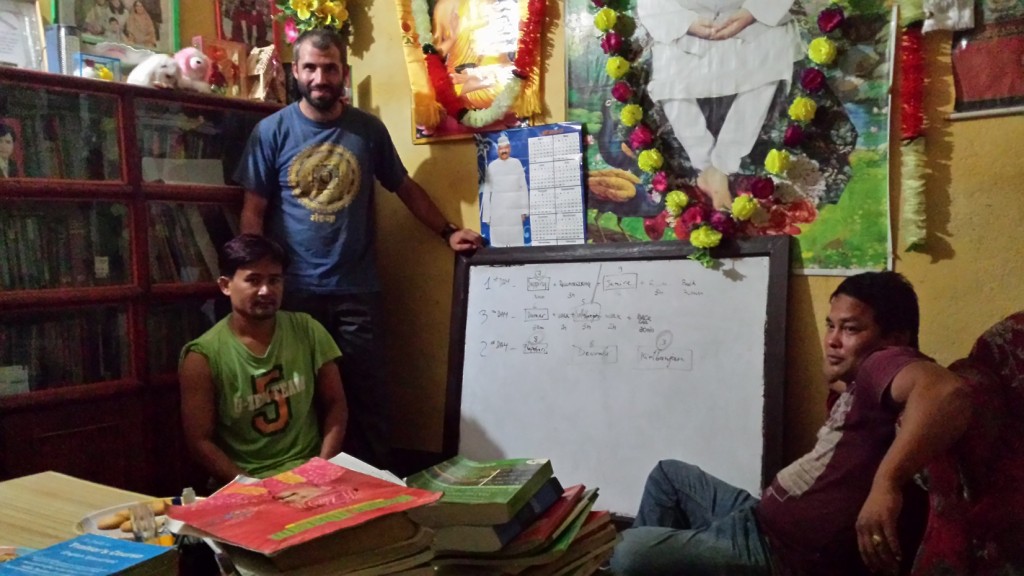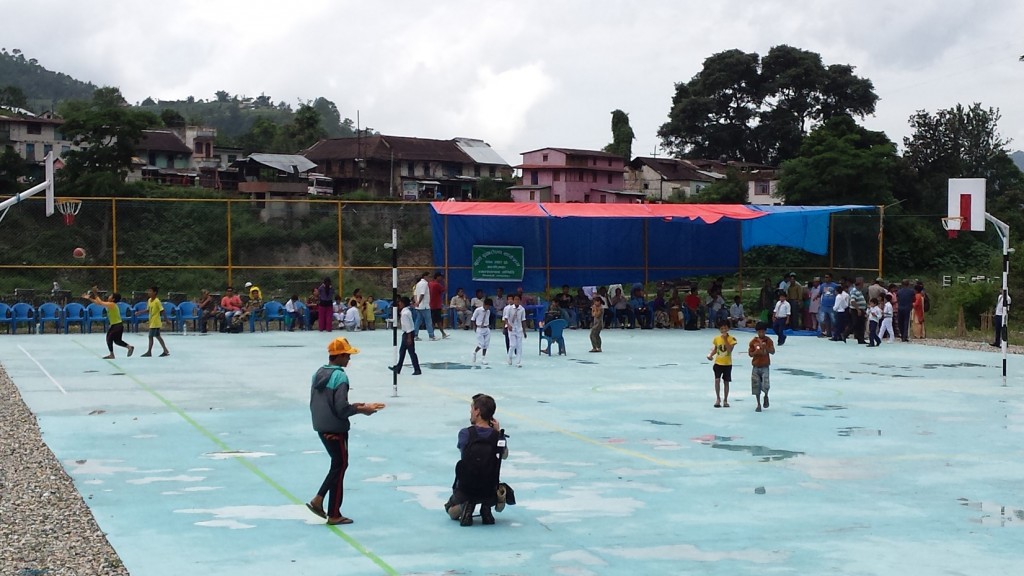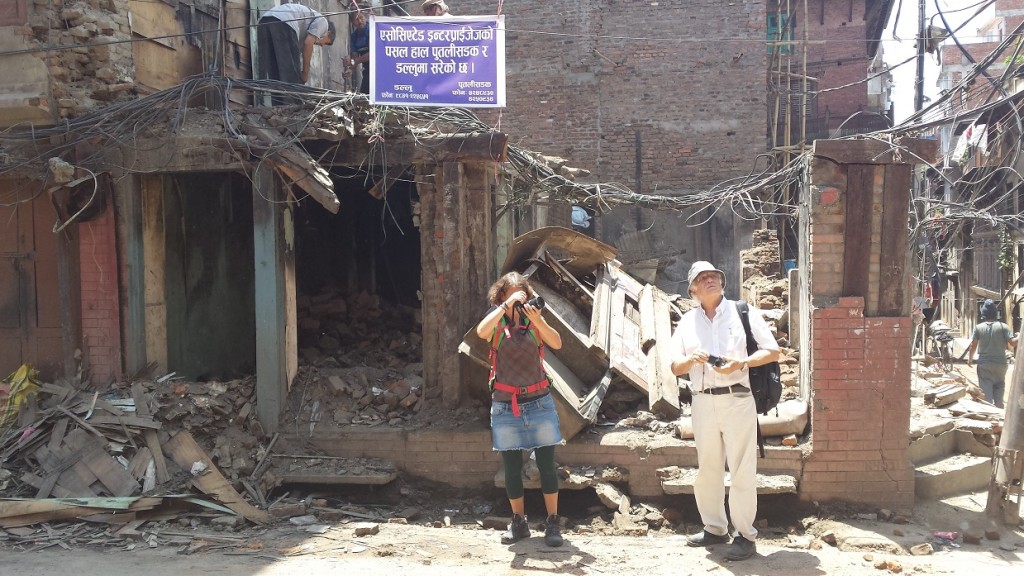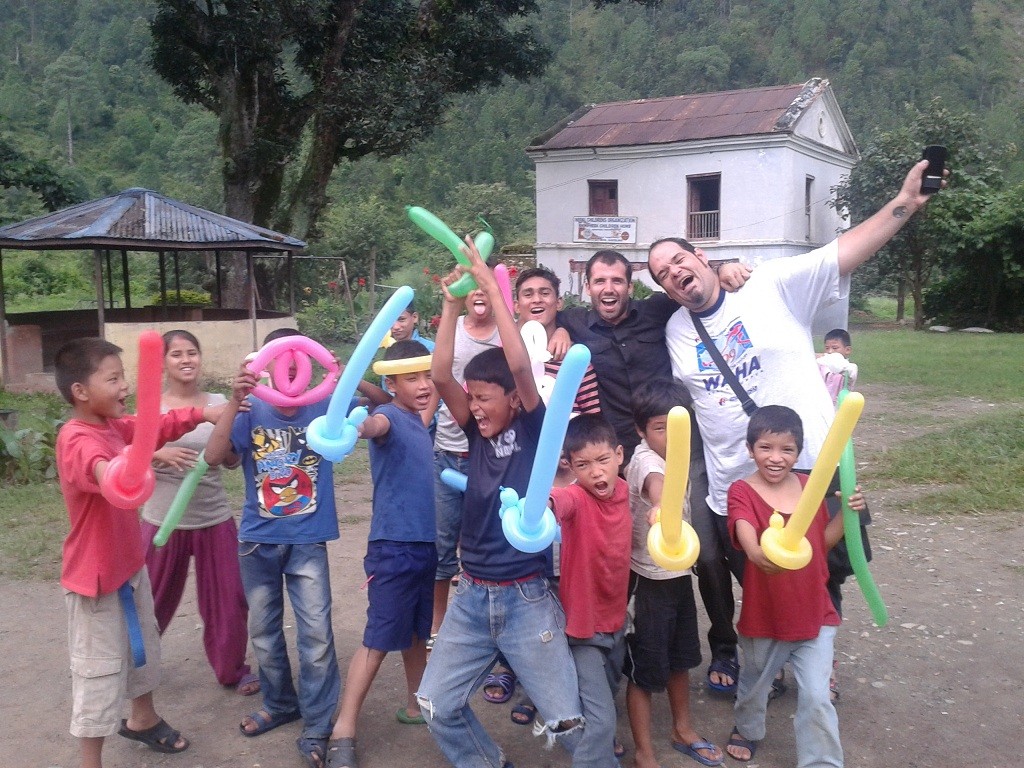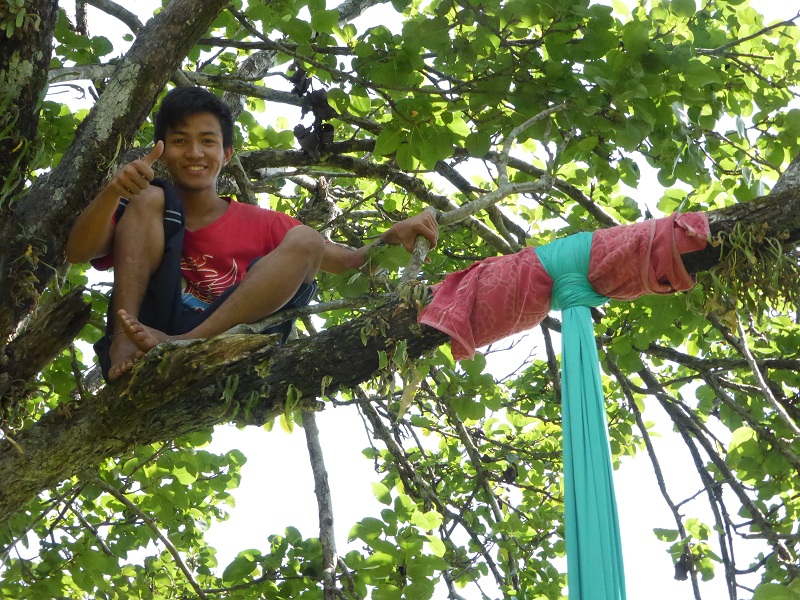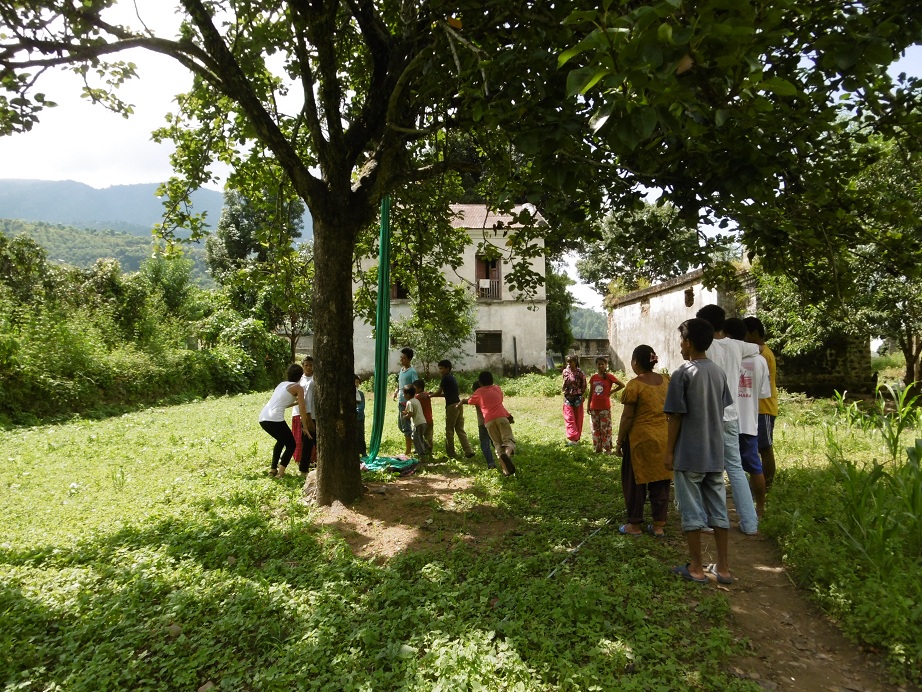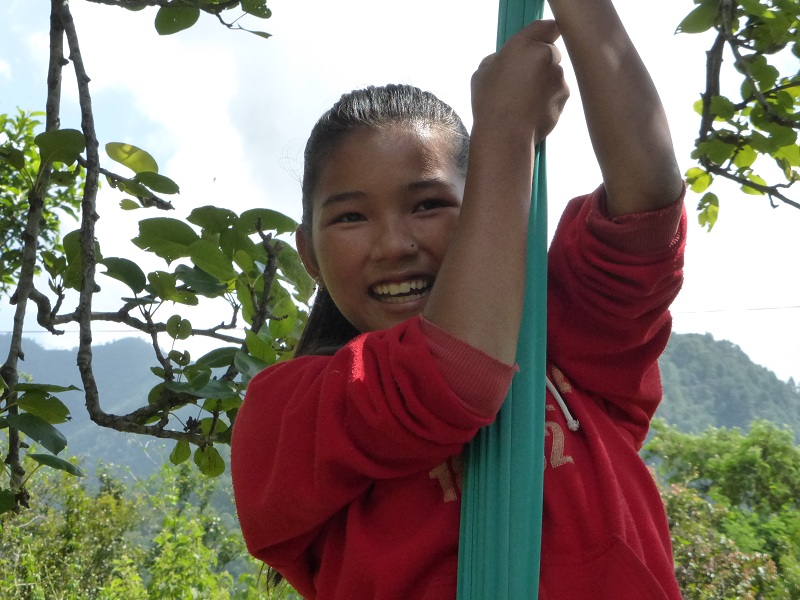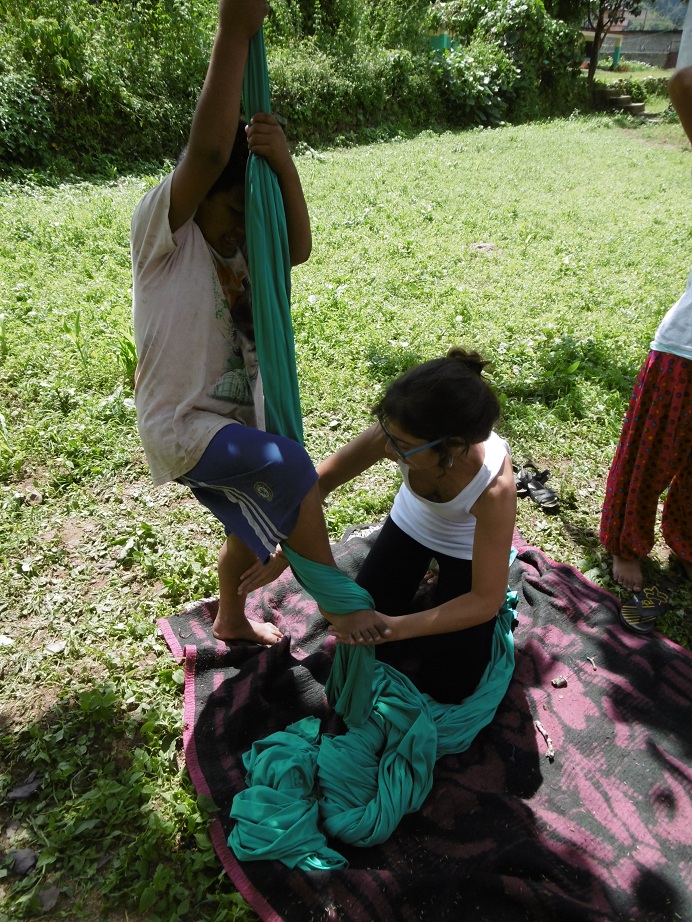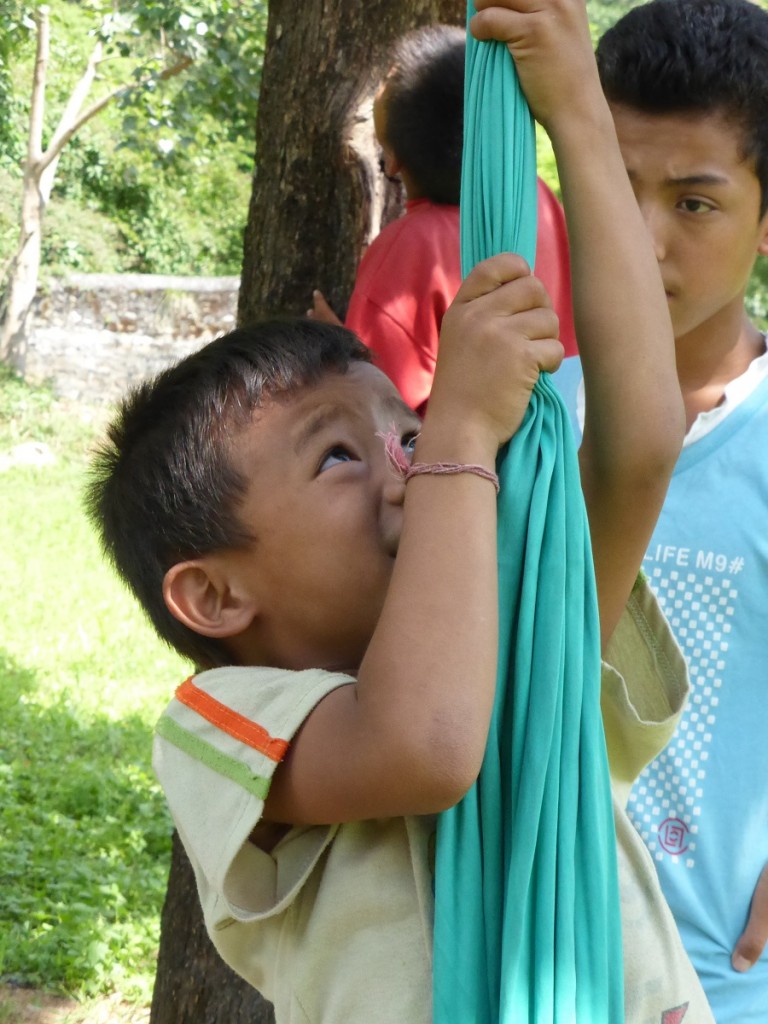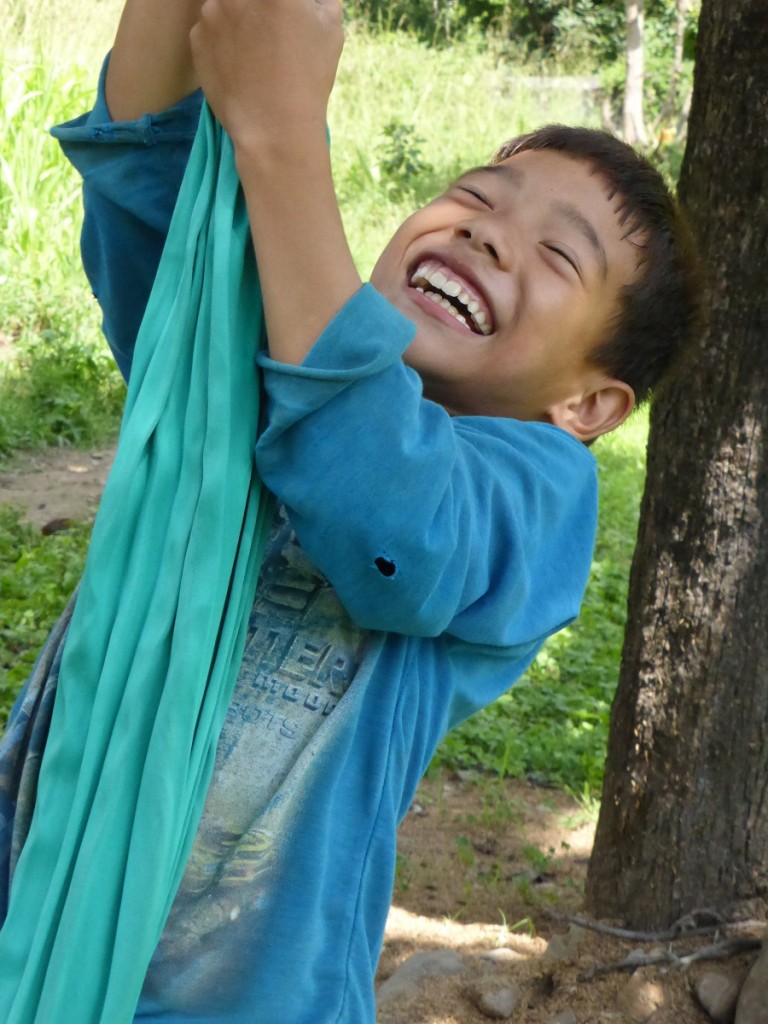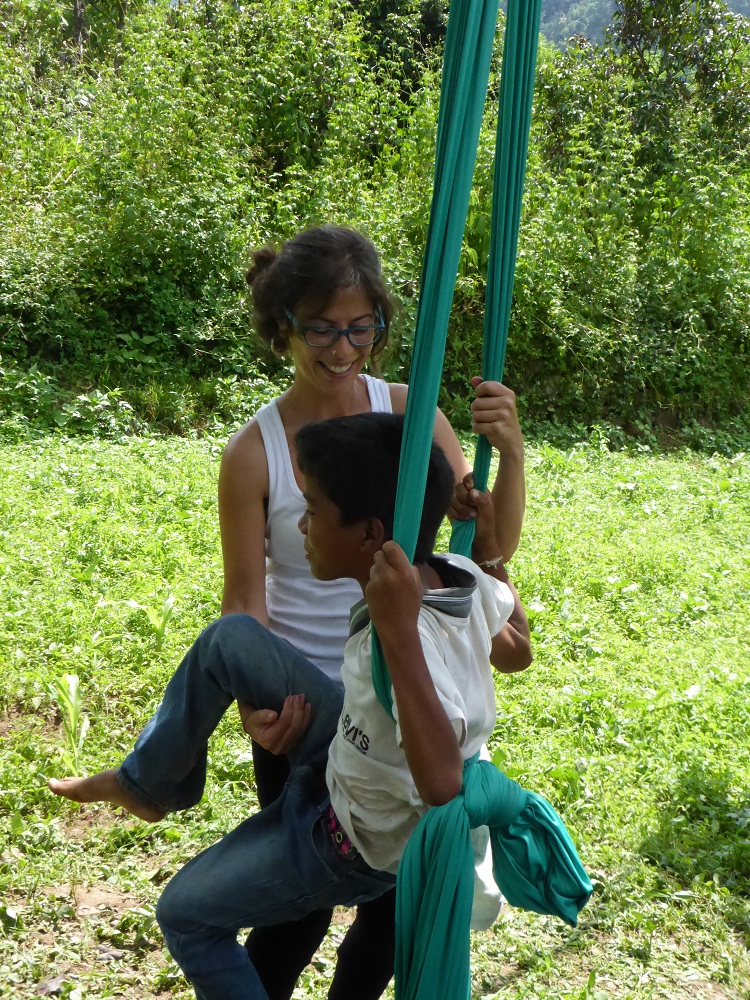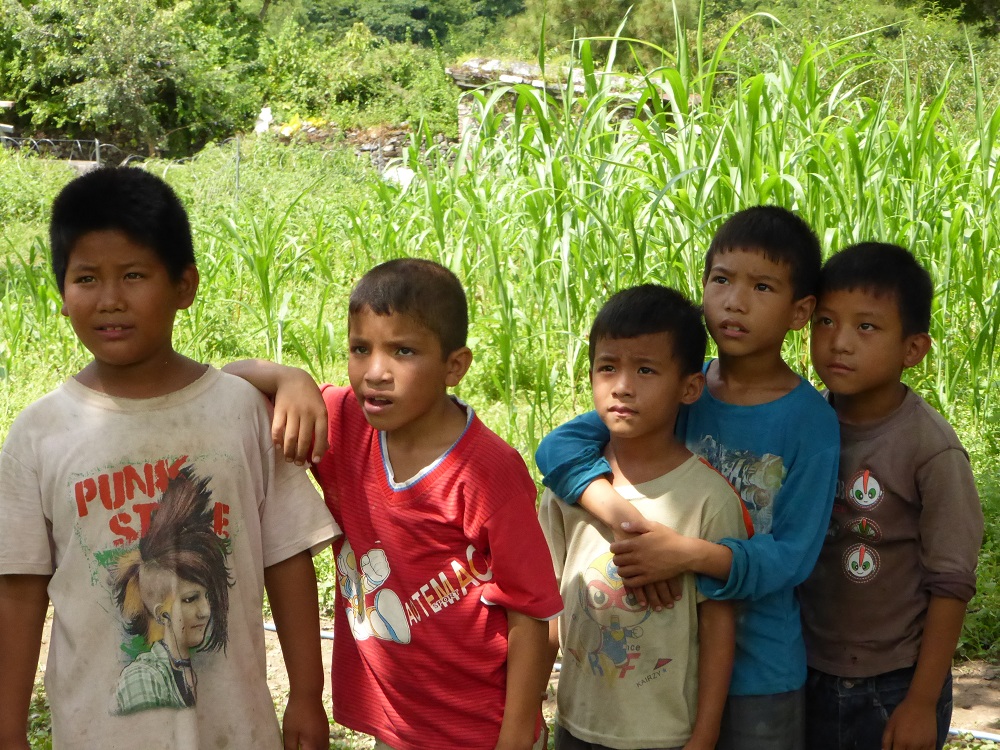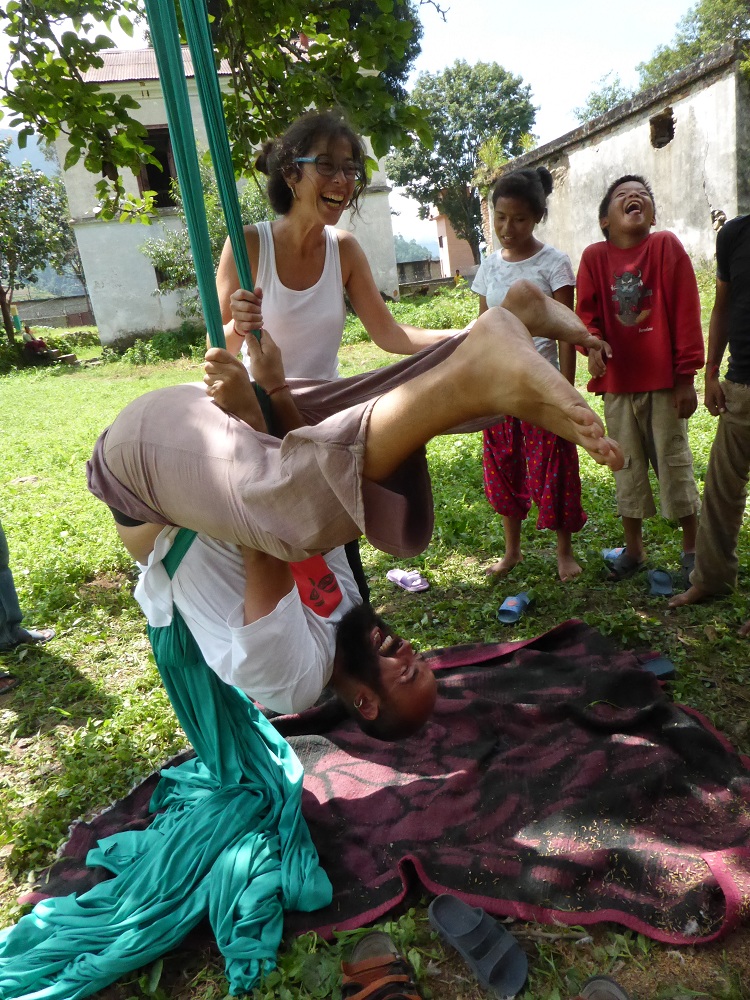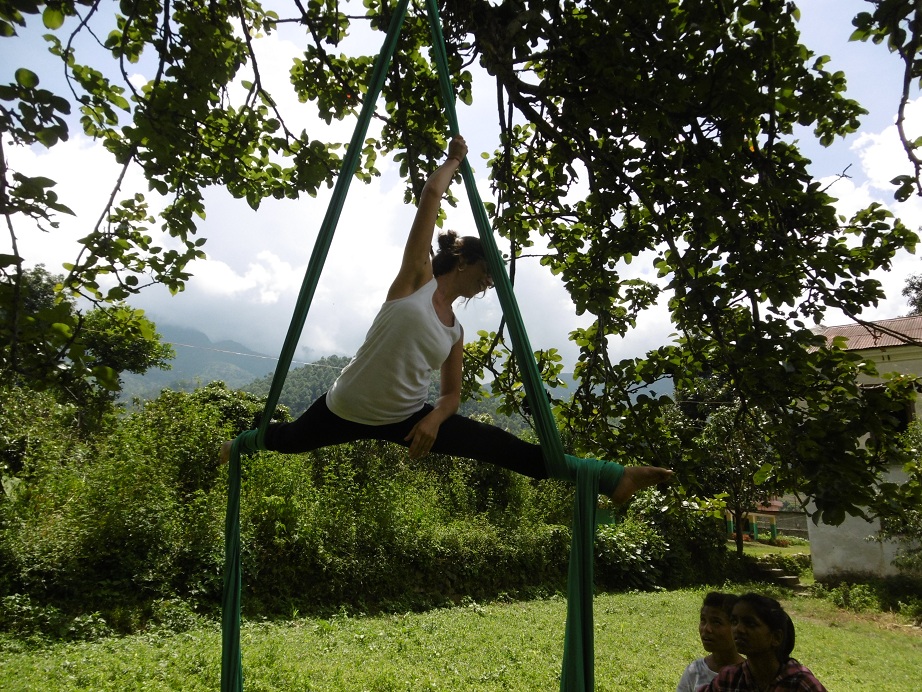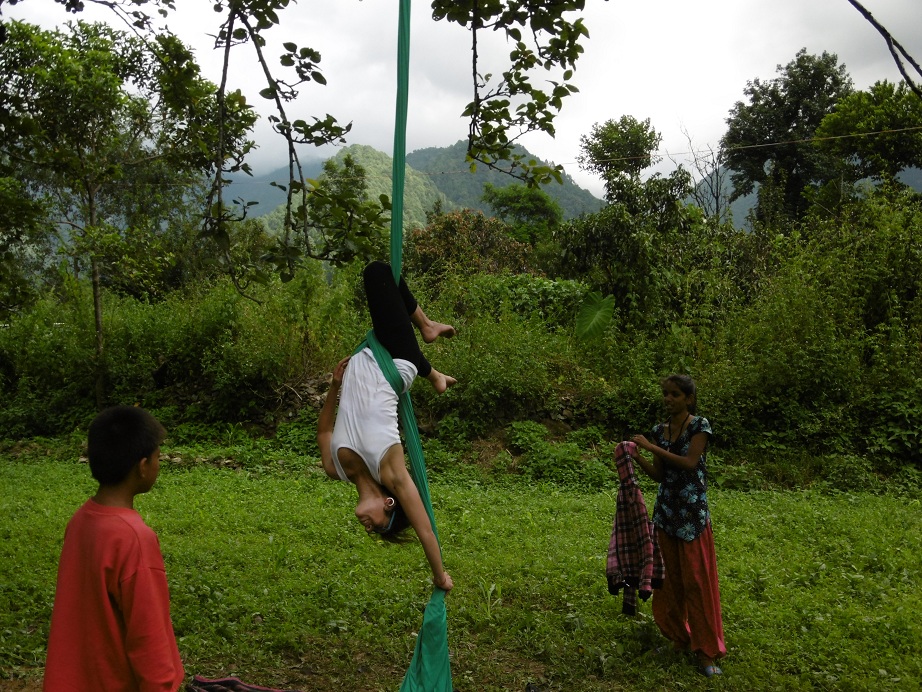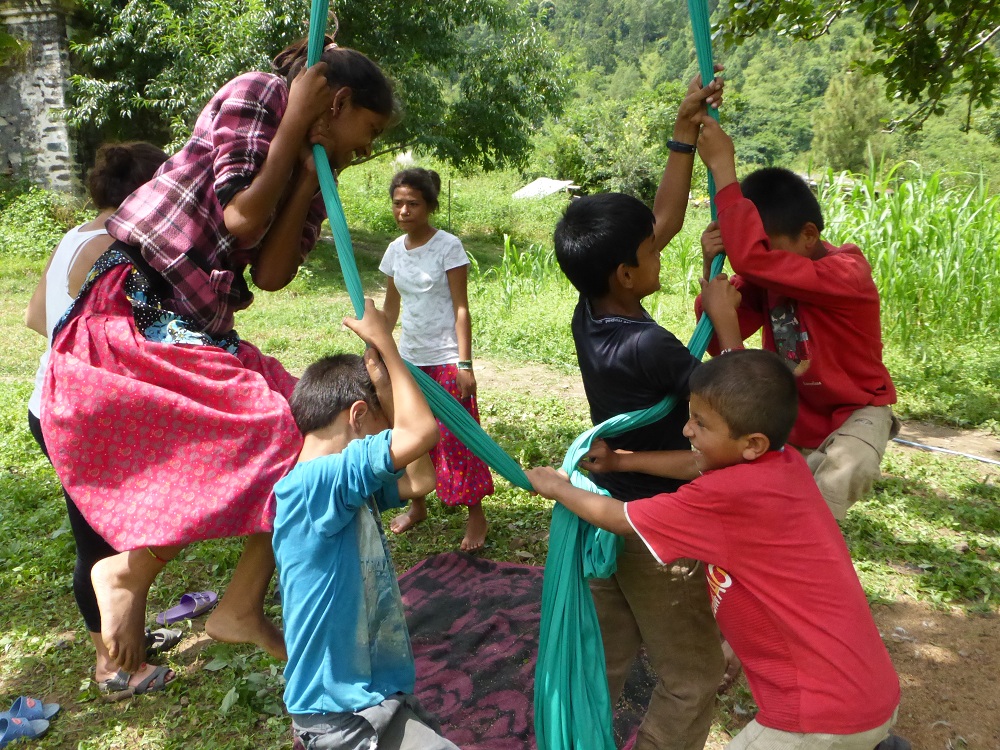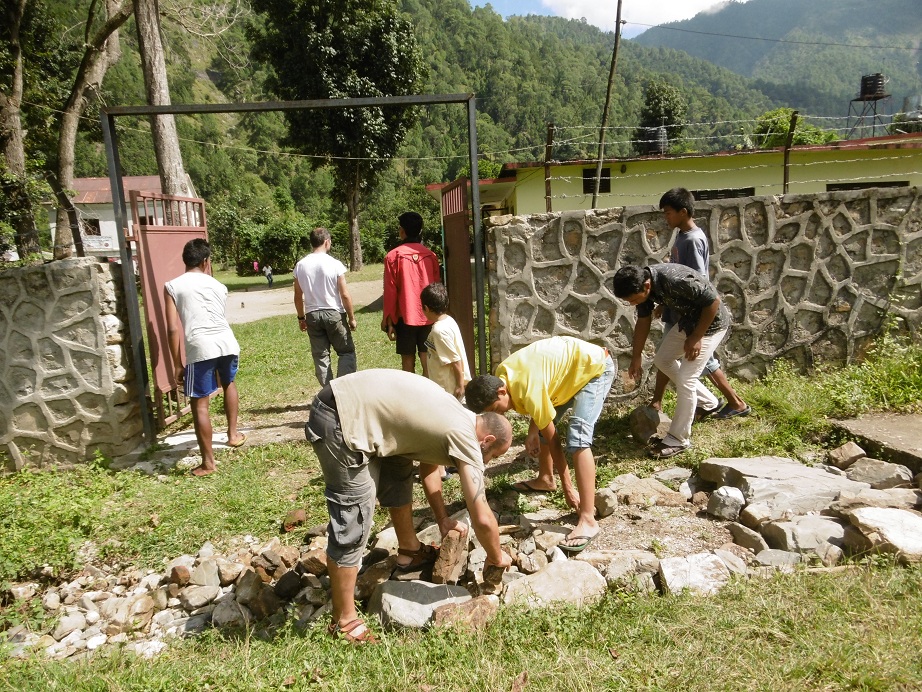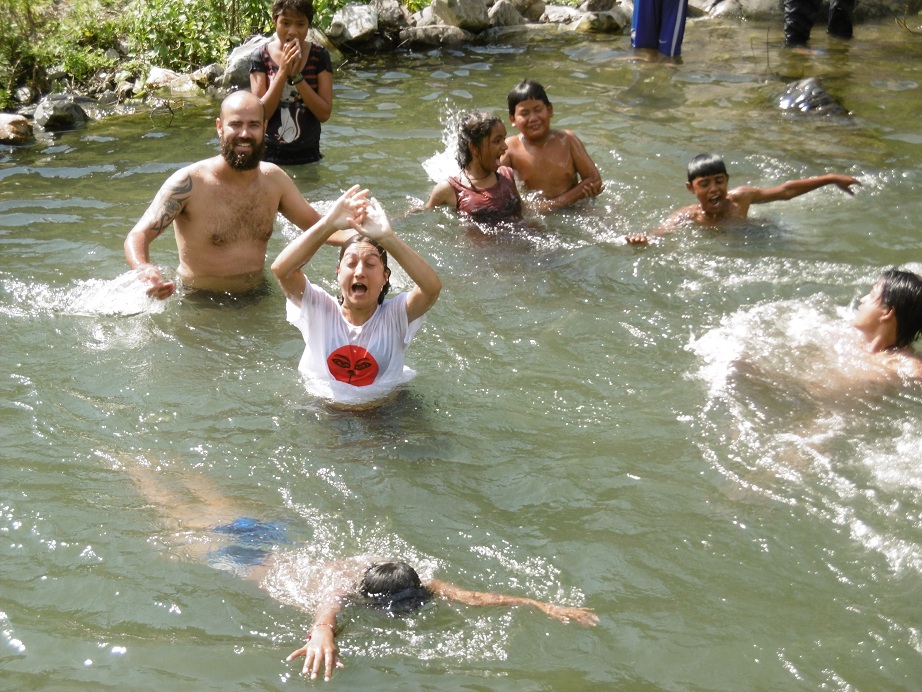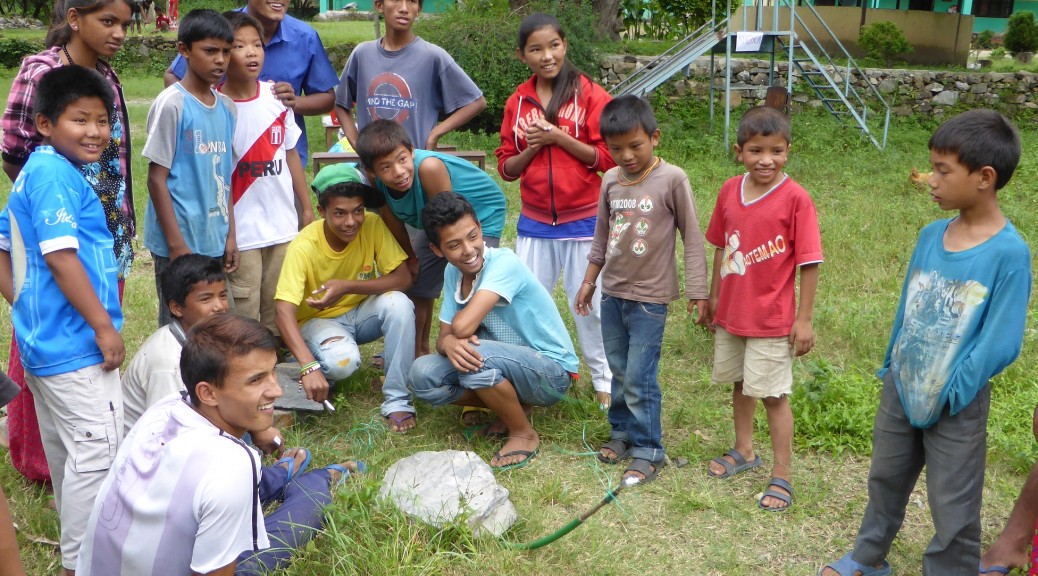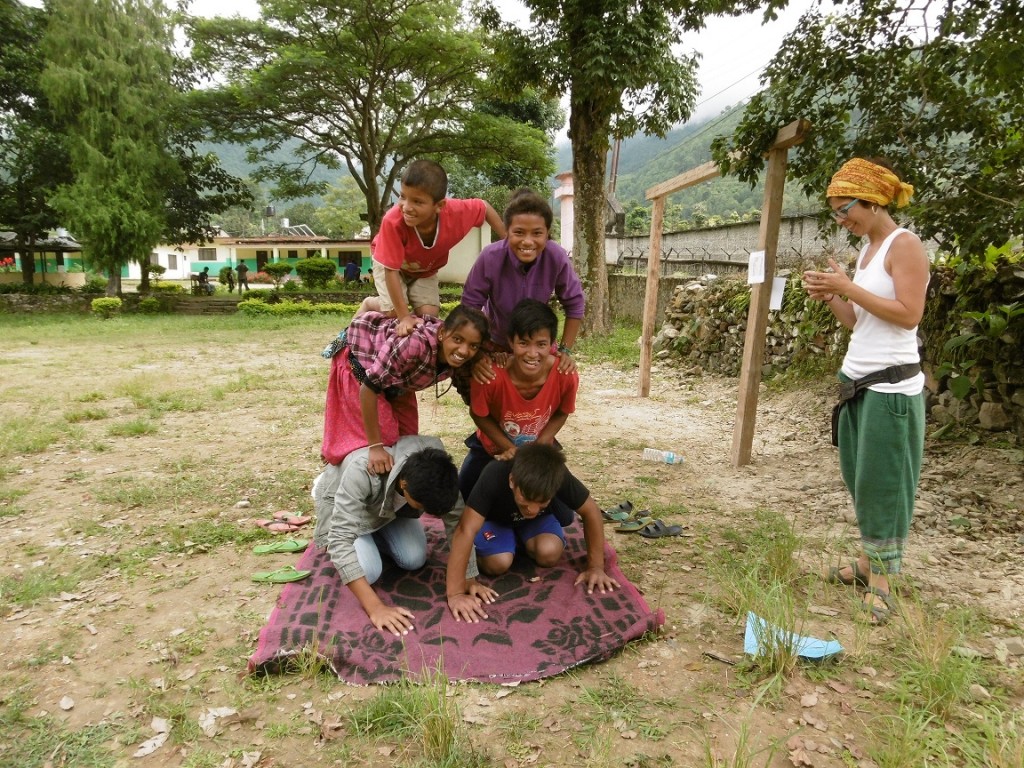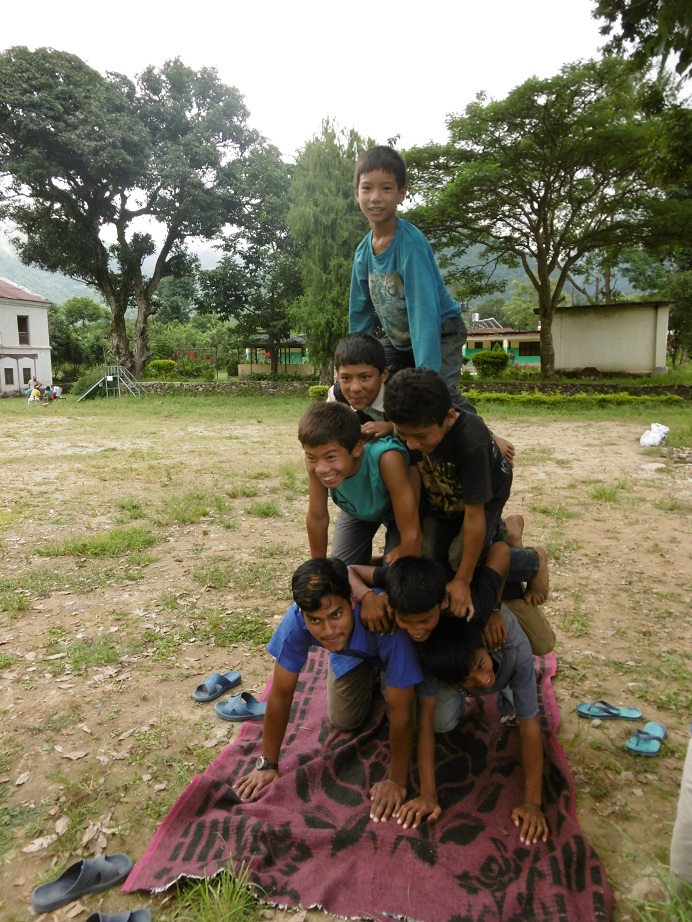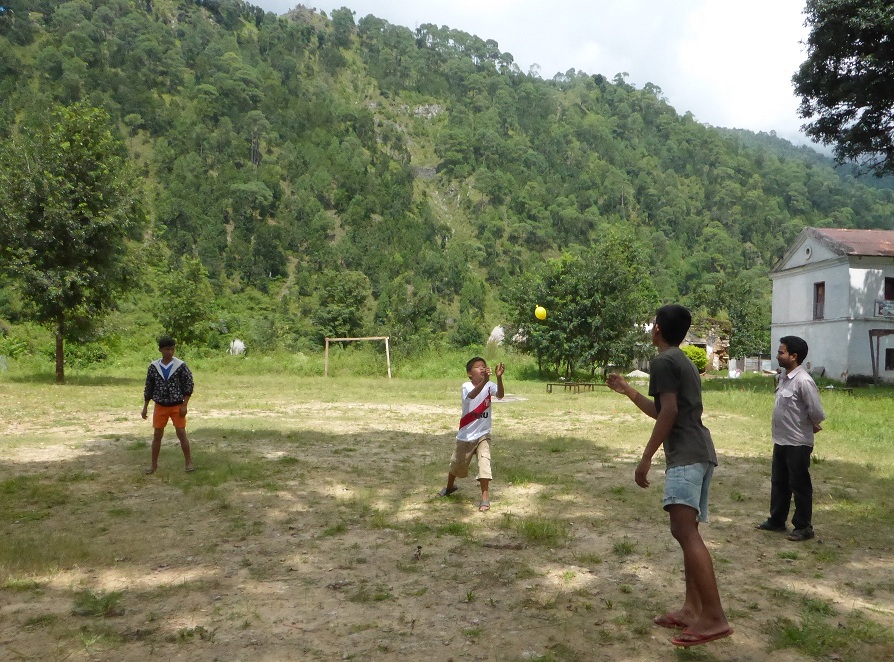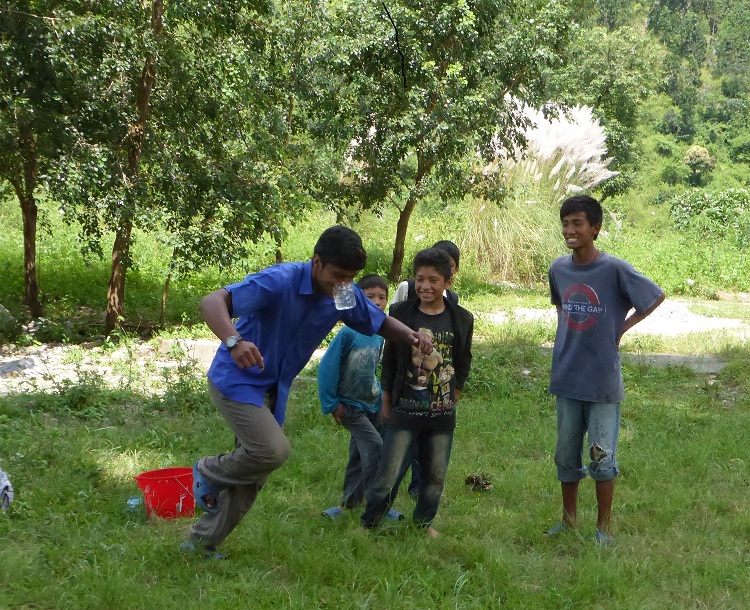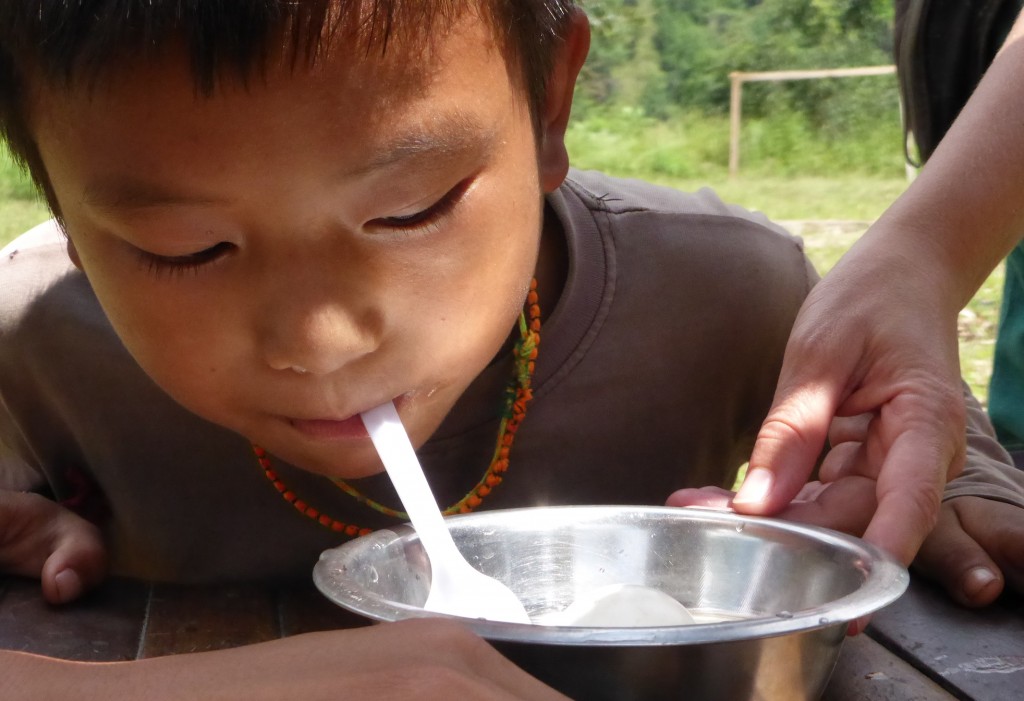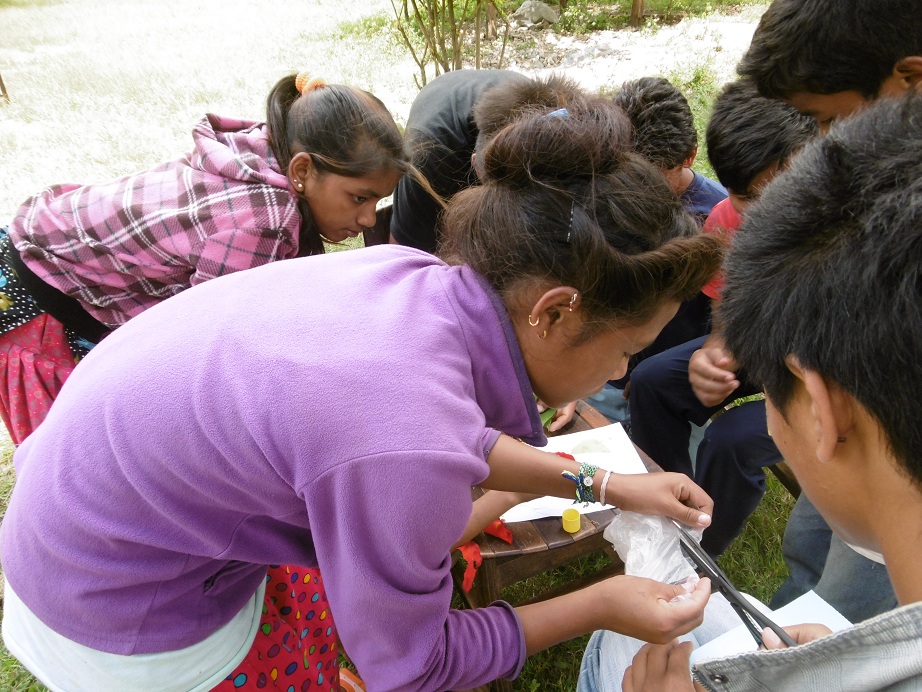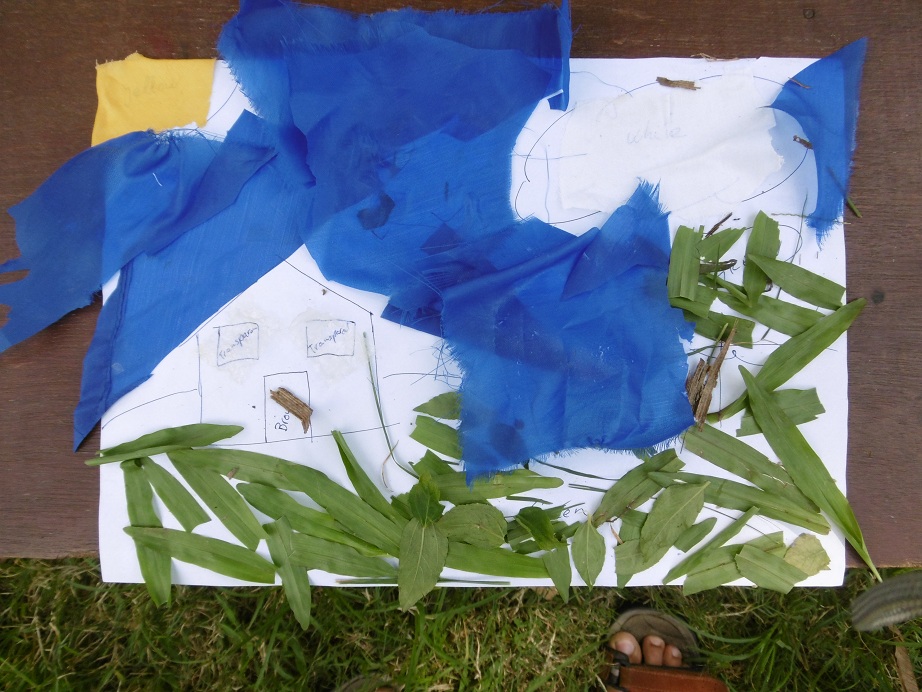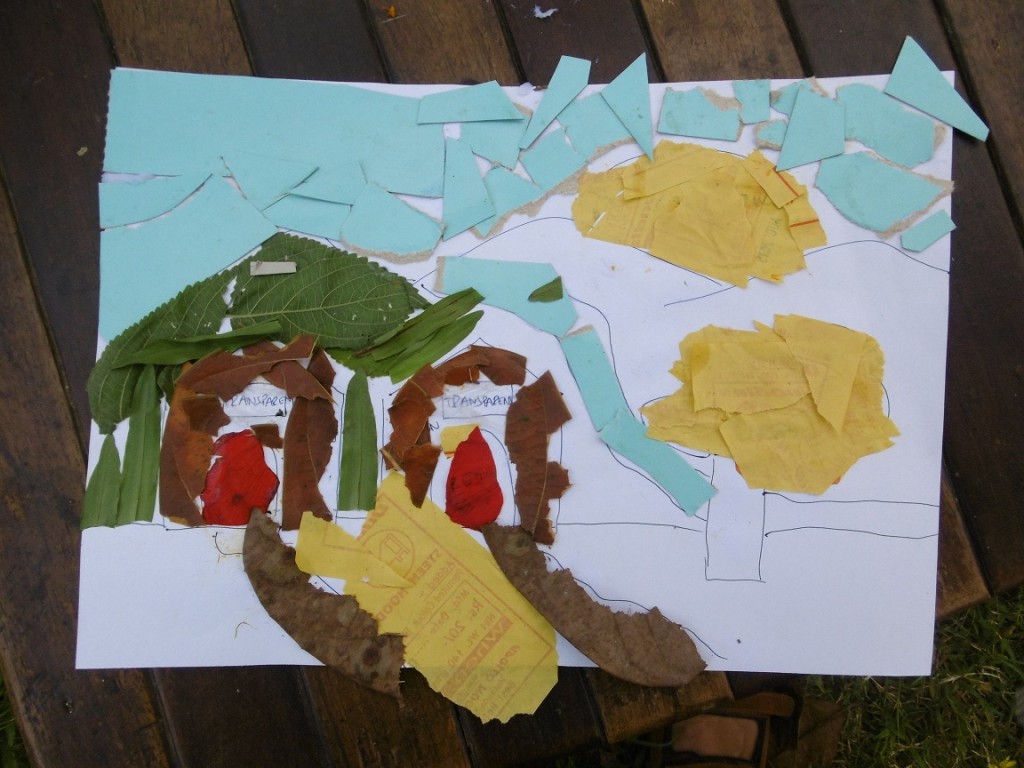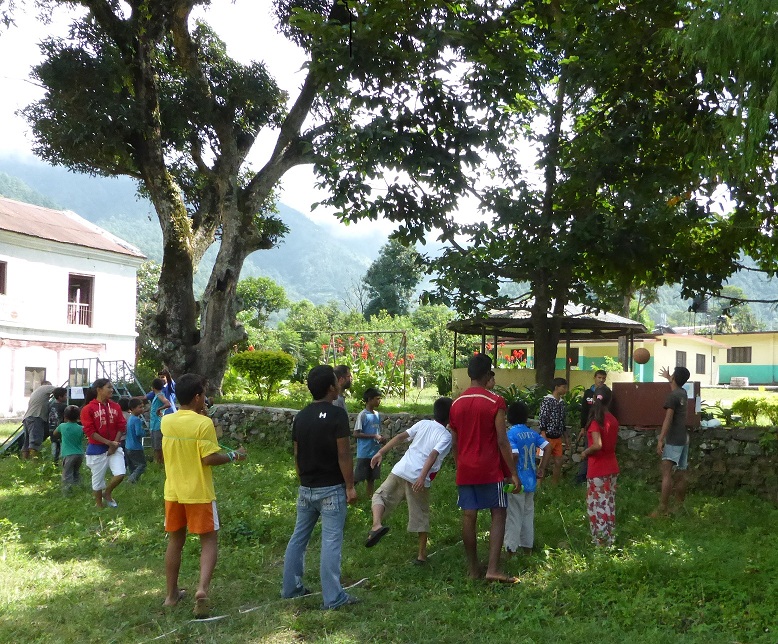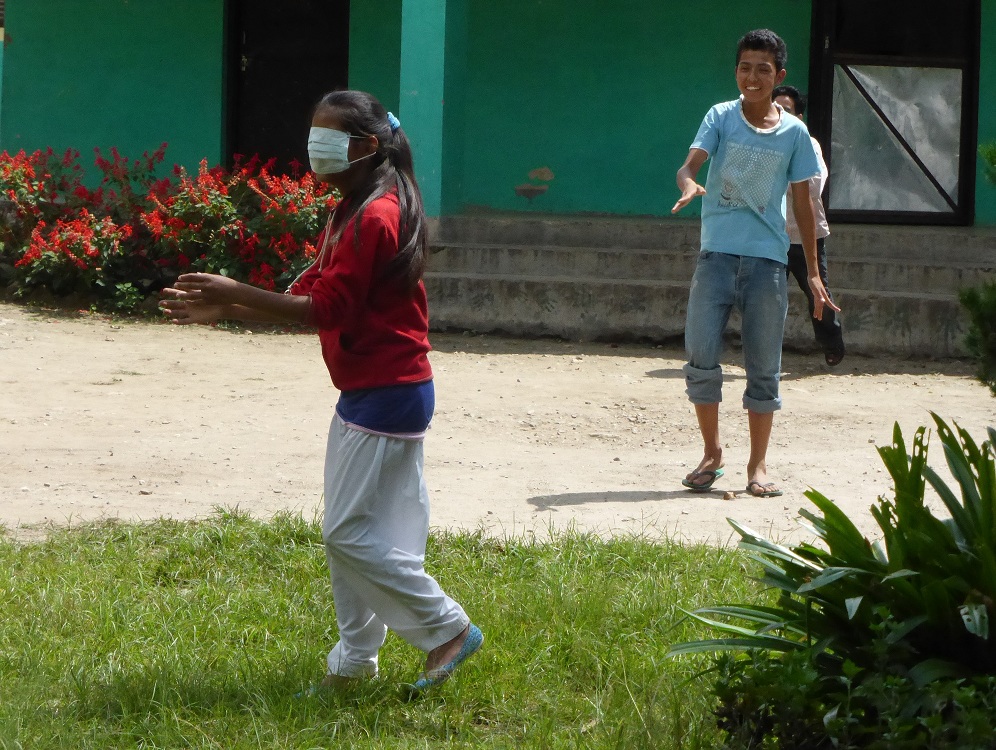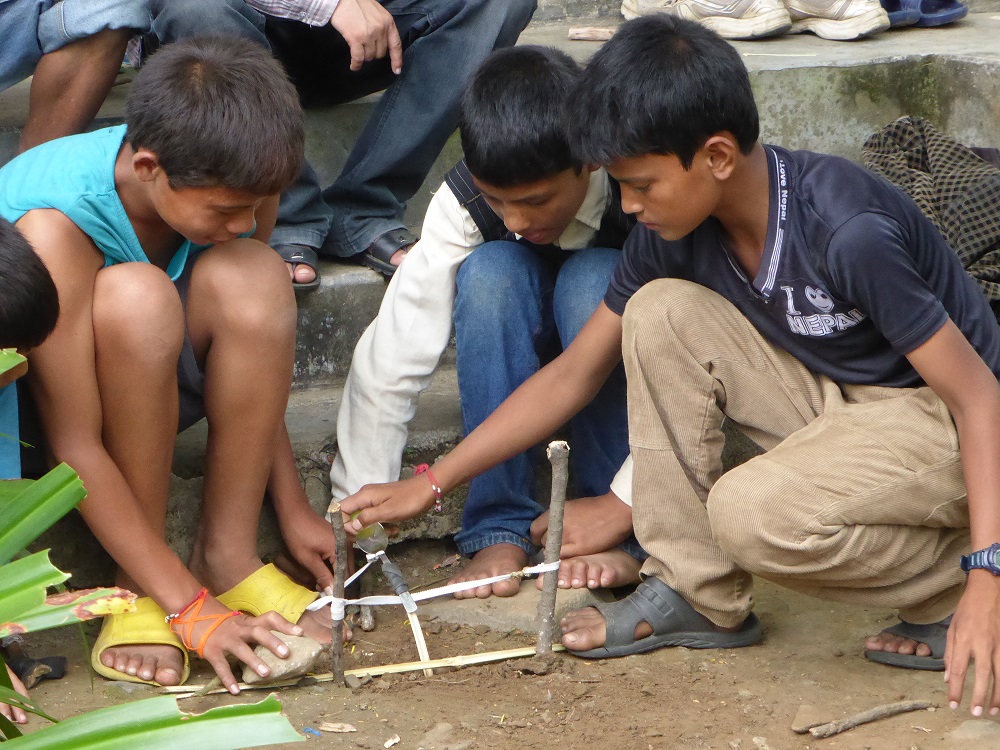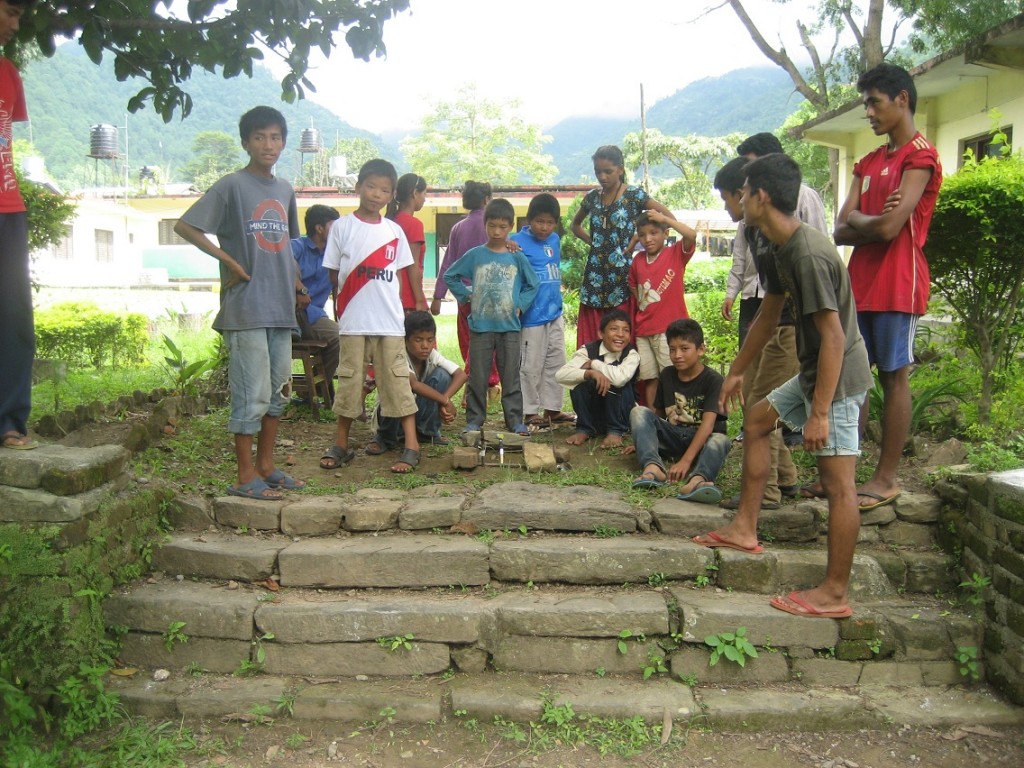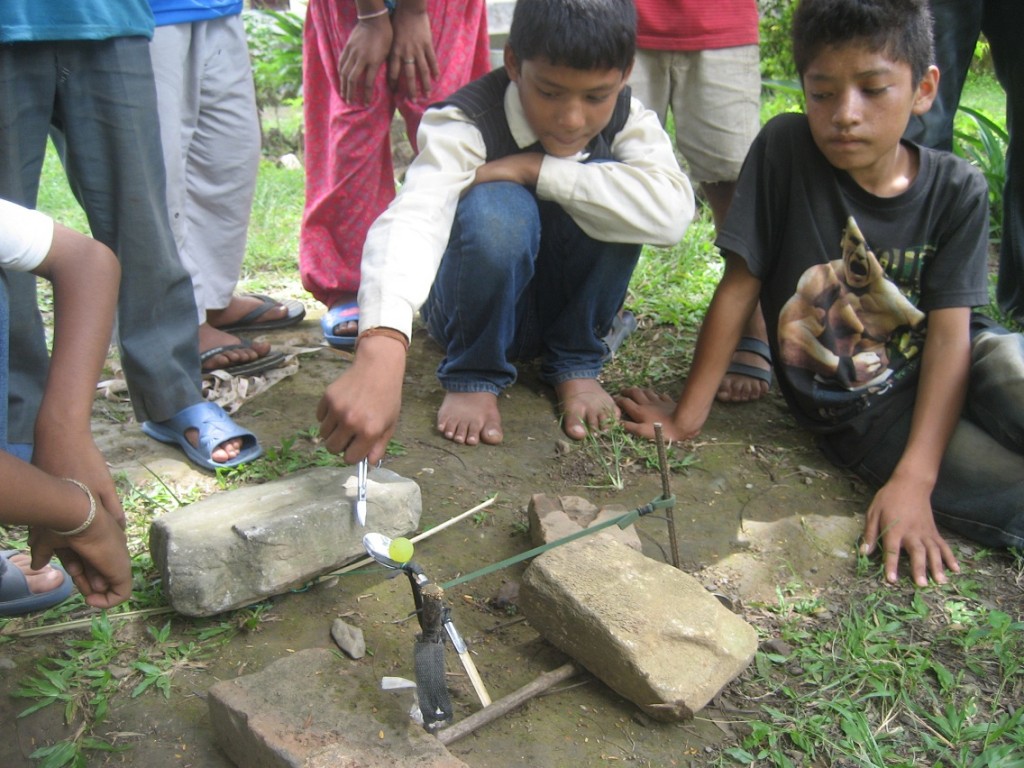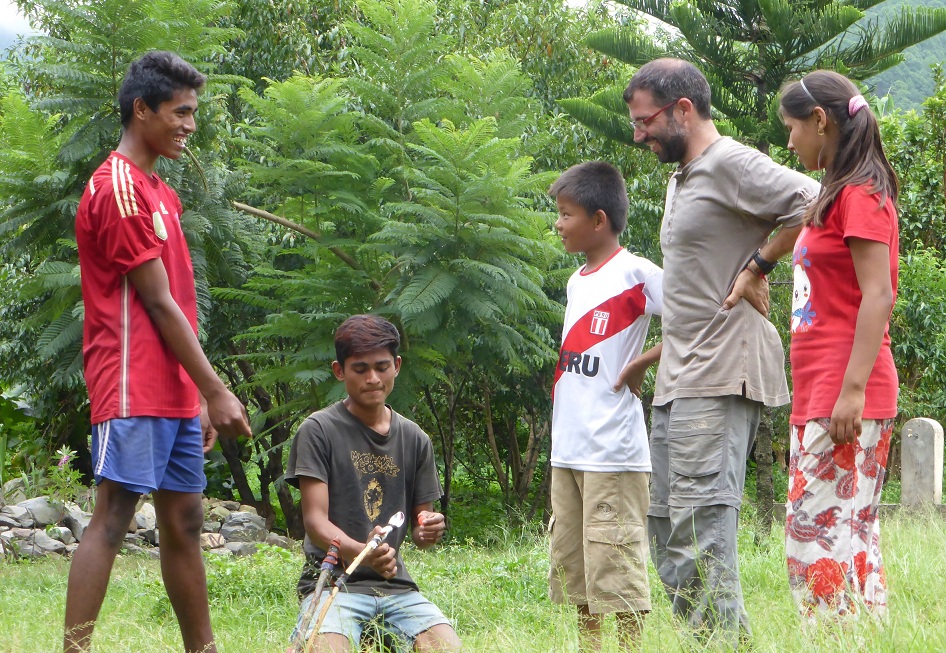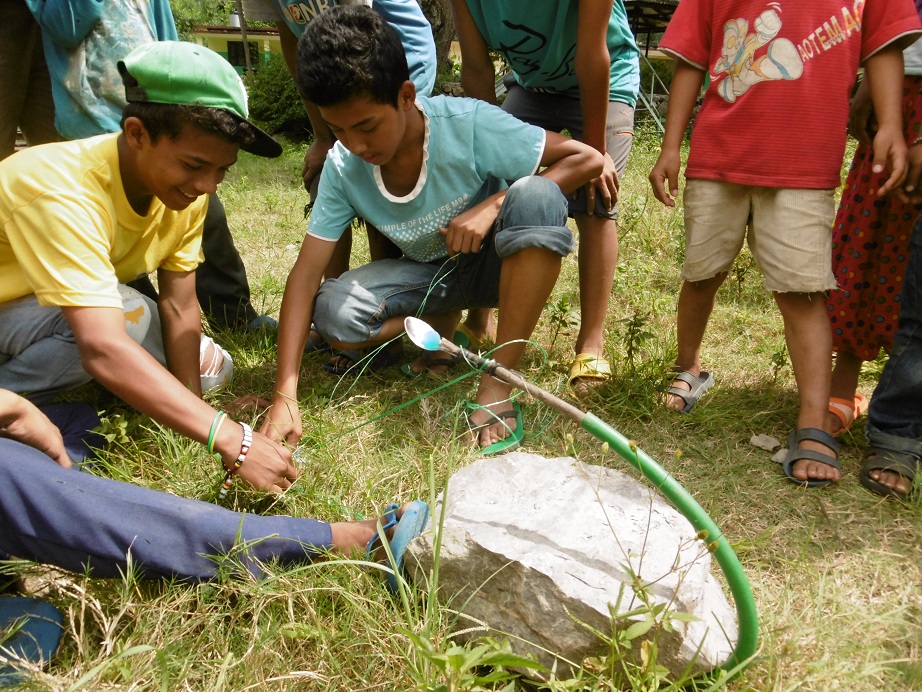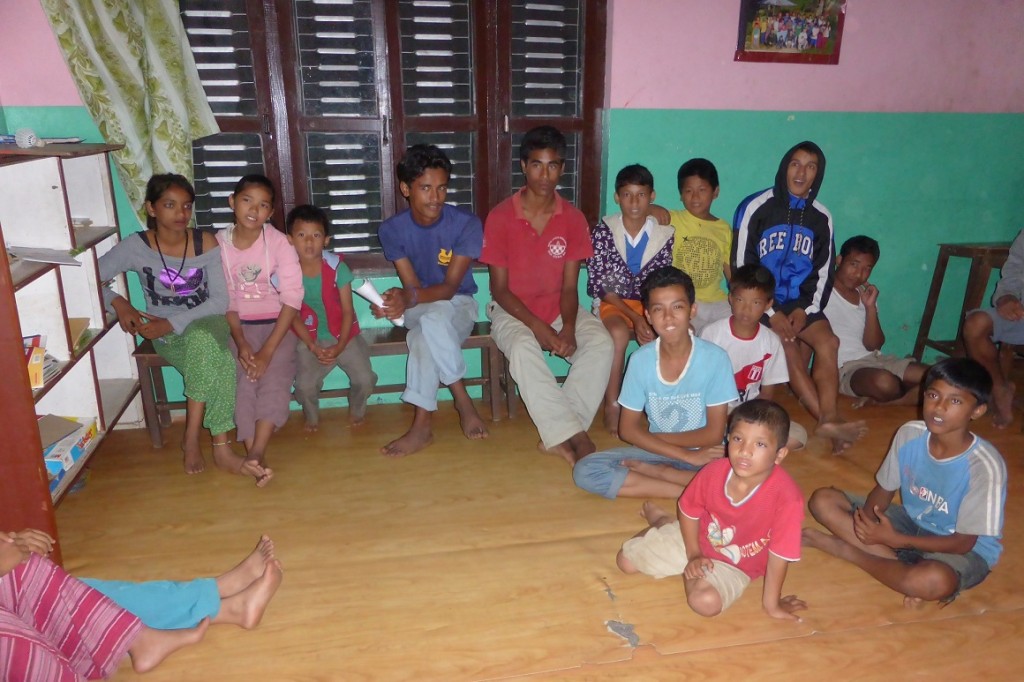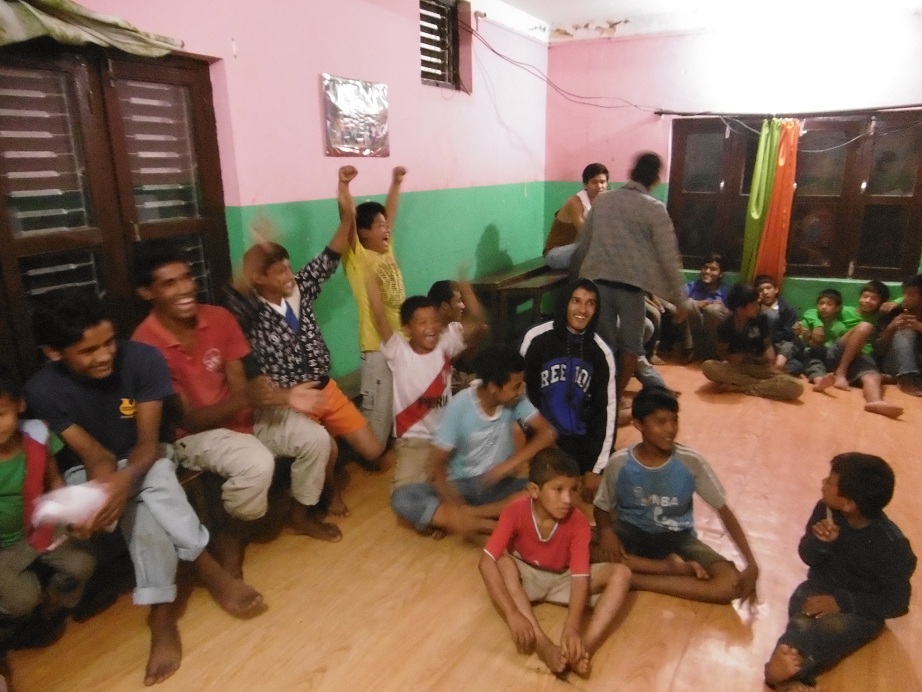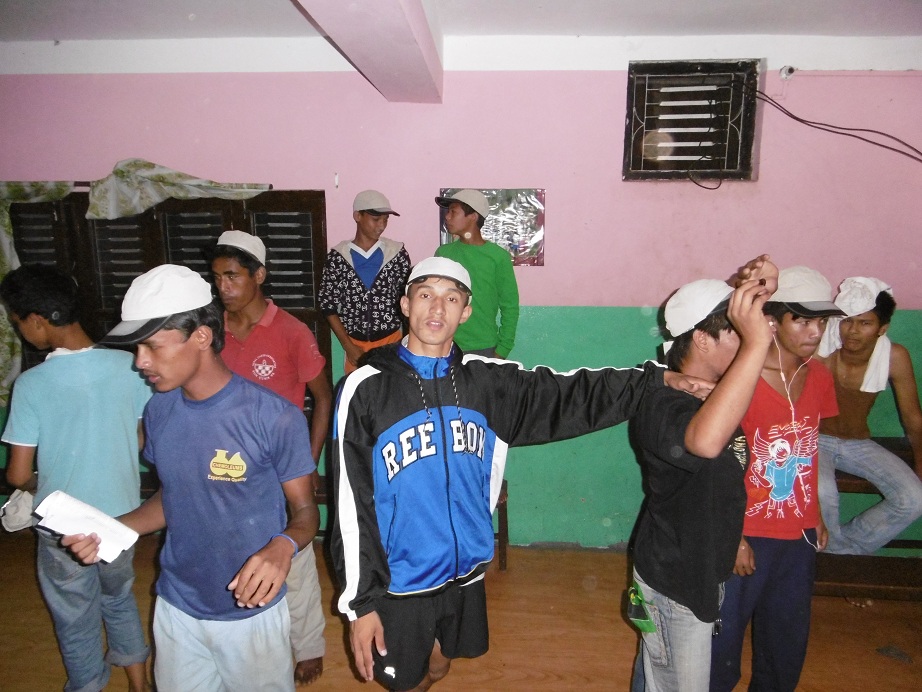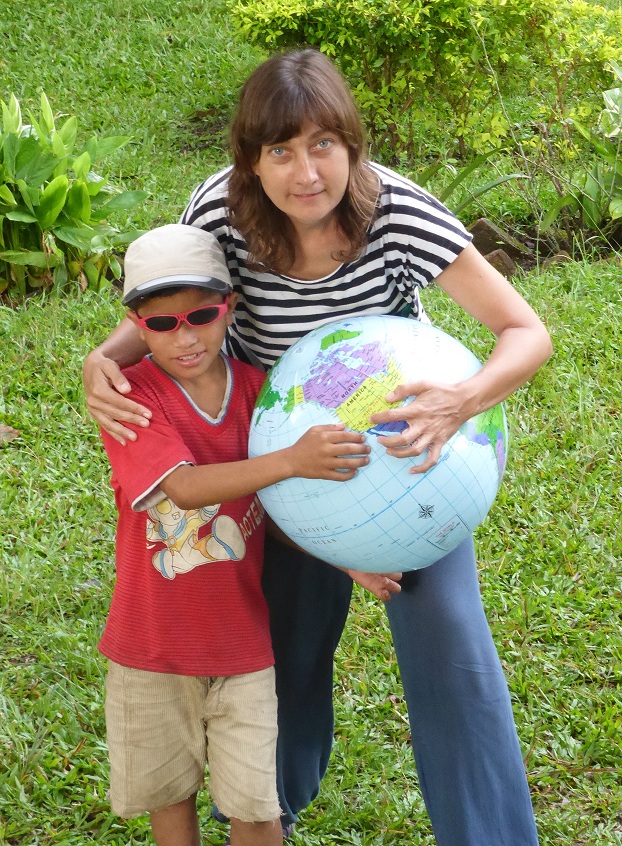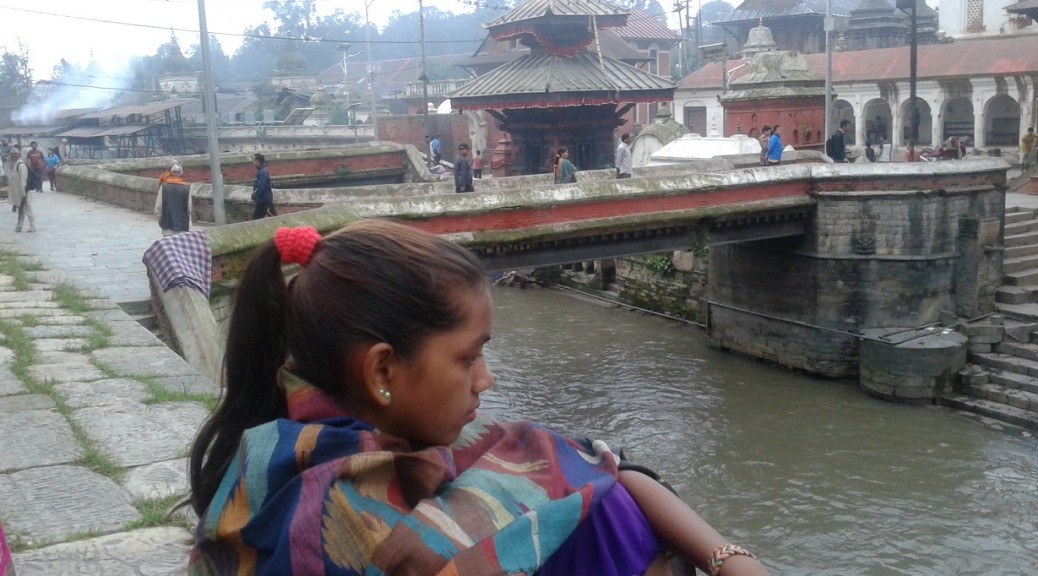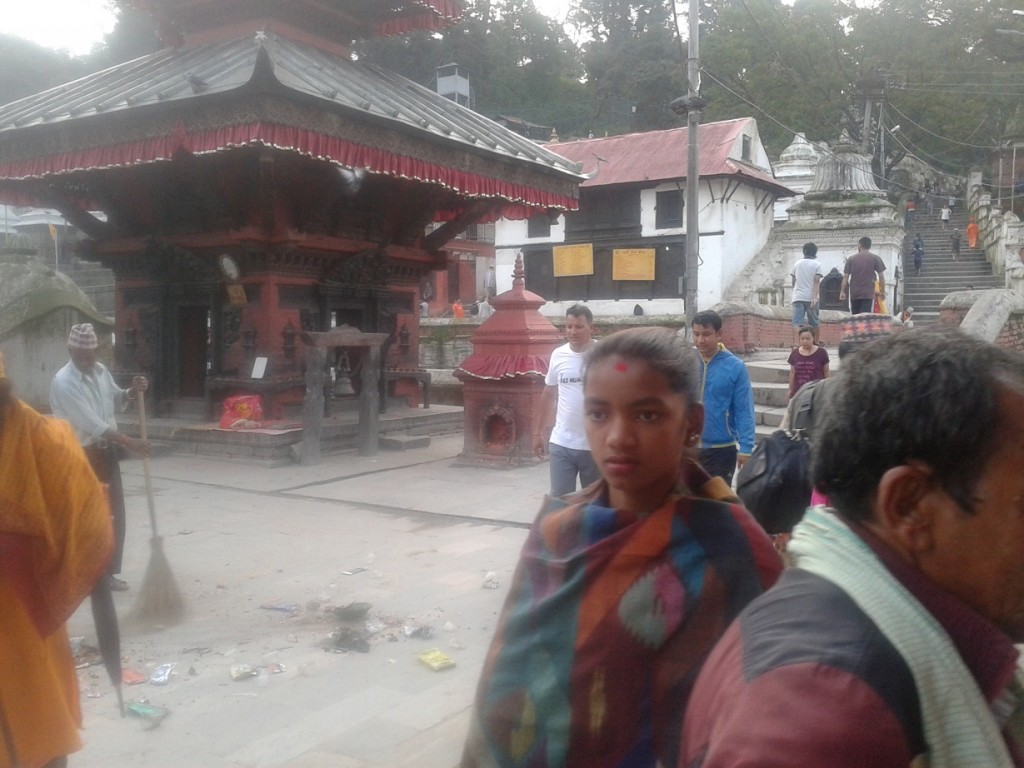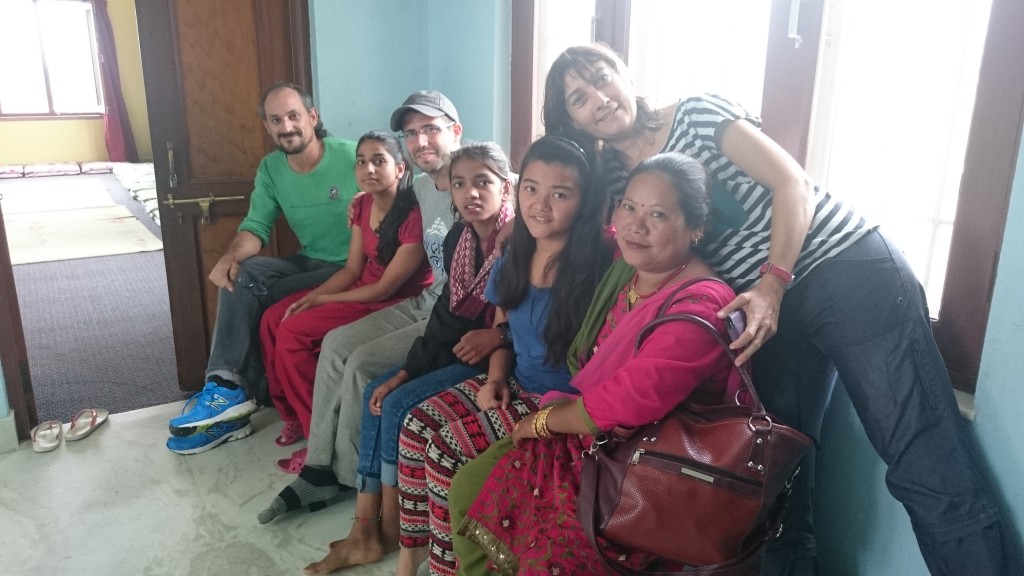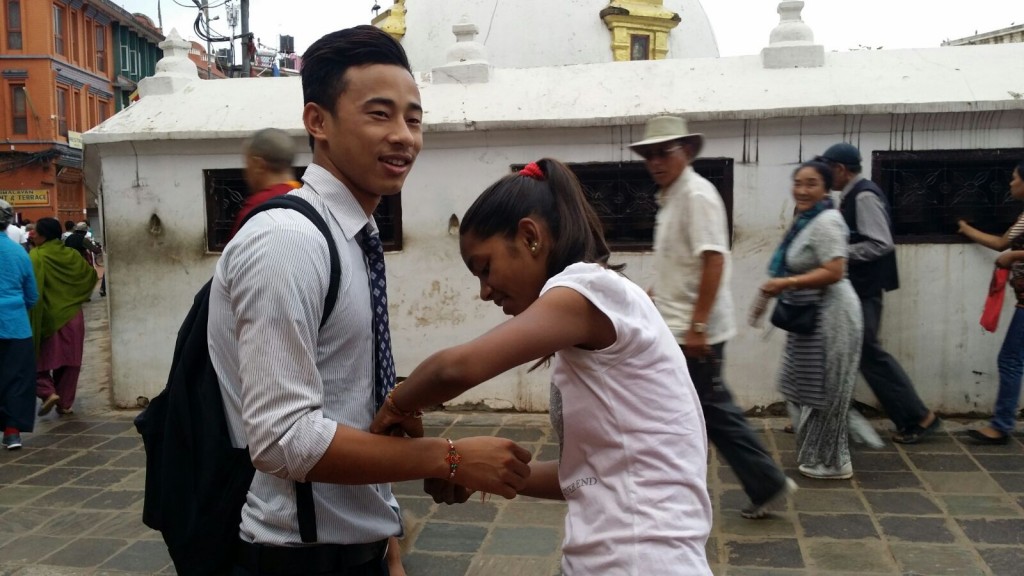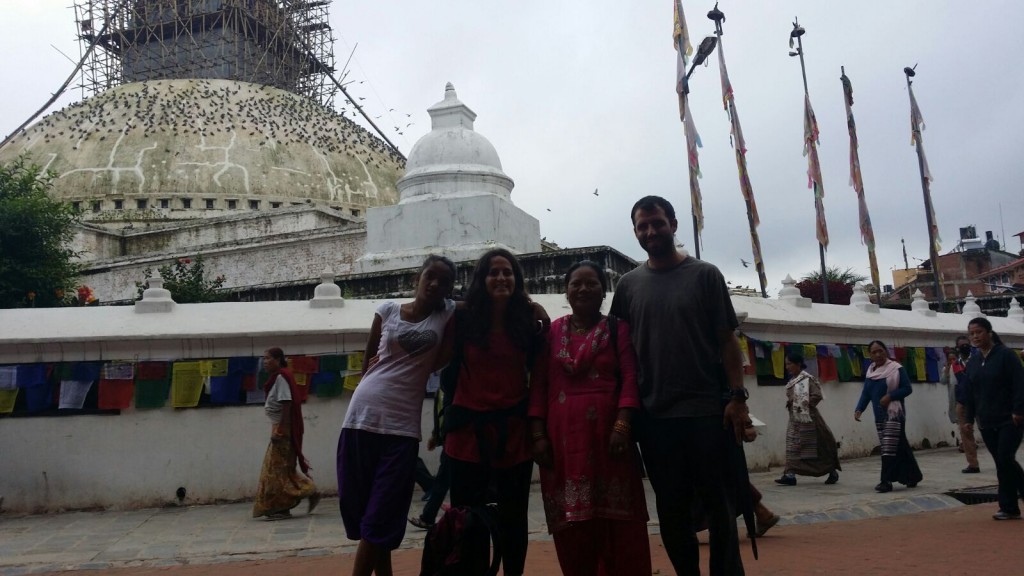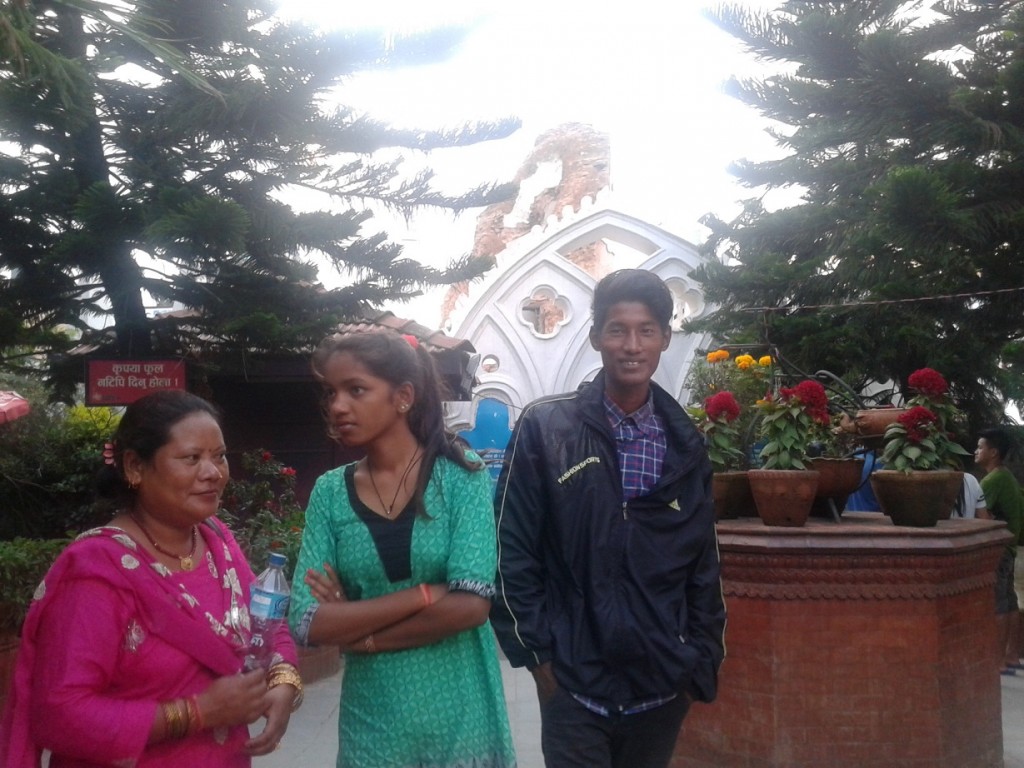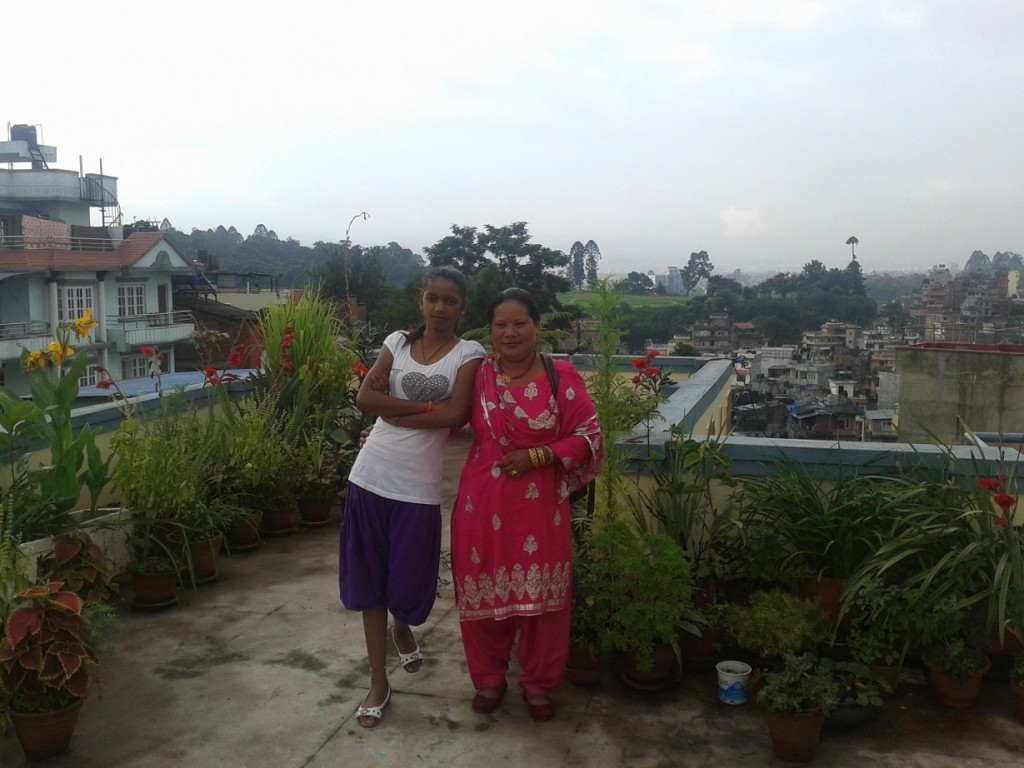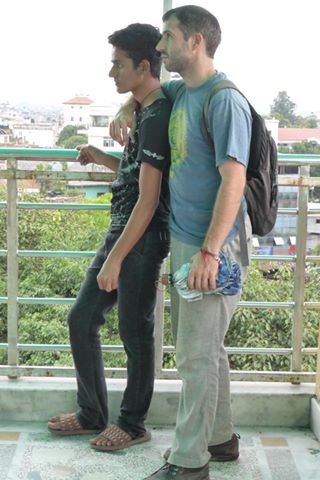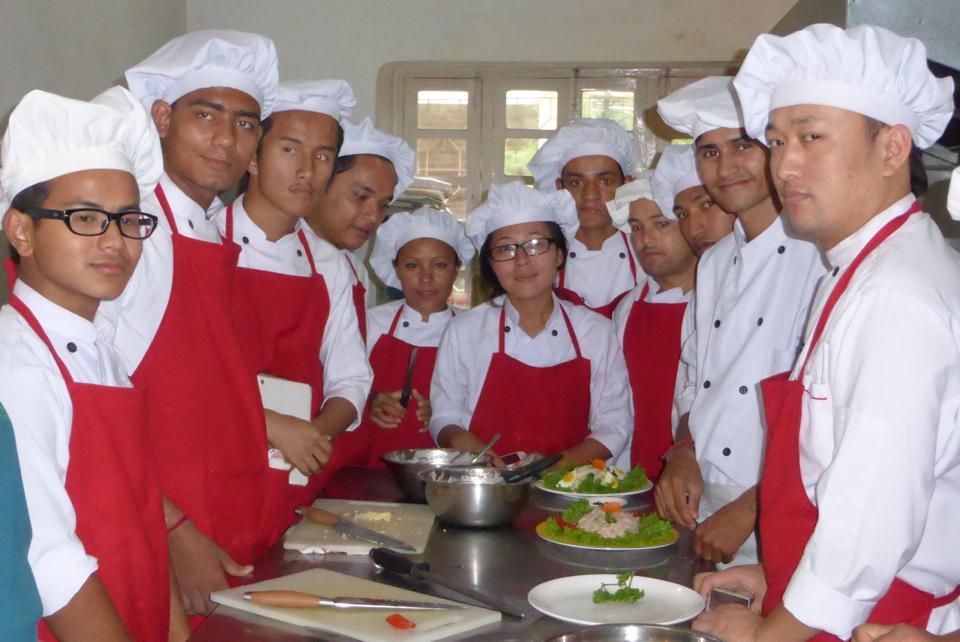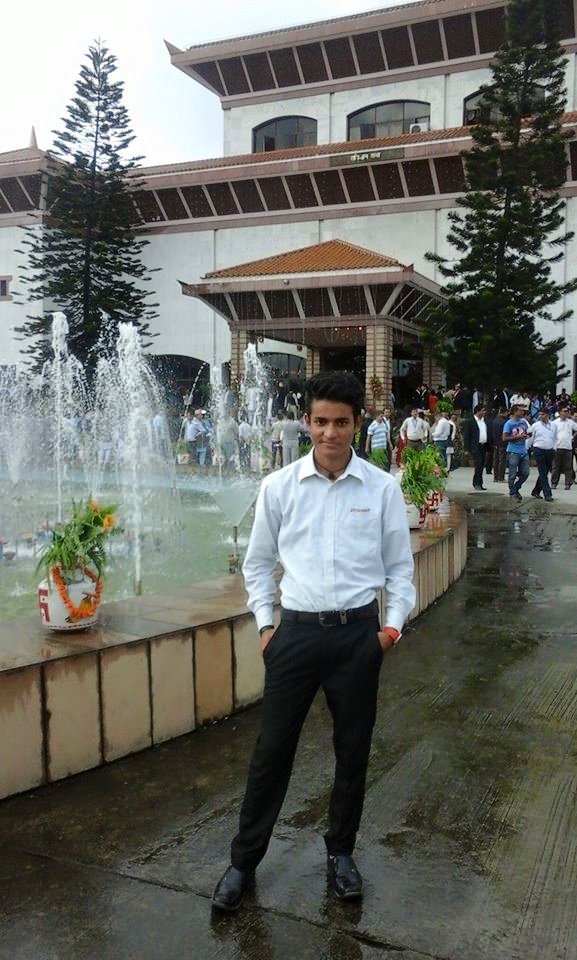The Annual Report of Amics del Nepal 2015 is already available in Catalan/Spanish. But here you can read the article about the Bhimphedi Children’s Home in English:
A month ago Enric Recoder, vice president of Amics del Nepal, asked me to write an article for the annual report “Namaste”. He ask me to explain the Bhimphedi Children Home project with all the changes we have been doing throughout this year I’ve been living in the House coordinating it. He also asked me to explain my personal story, because people could be interested to know how someone who was investigating at the Institute of Space Sciences in CSIC about the growth mechanism of black holes in the center of galaxies, a few years later went to live in a small village lost in a valley of Nepal.
I never loved writing… The part of my job that I find more difficult in the home is to post about the Children’s Home and other projects and adventures that we live in Bhimphedi: www.amicsnepal.org/bhimphedi
I know it’s a very important job to keep the entire family of Amics del Nepal posted, because without everyone who support us, both financially and with countless hours of volunteer work, this wouldn’t be possible. You deserve it all. There are people like Ricardo Riera, who not only organizes activities like TaperNepal to raise money for the Children’s Home, but also devotes us his vacation every year, coming to Nepal and helping in Bhimphedi. Or like Tonyo Fibla, who has organized activities to raise money in Benicarló, he has come to work a month in the Children’s Home and he also collaborates every month as a sponsor of the project. Or like Albert Usó, who came to see us in Nepal, and after sharing an intense day and teaching him all our work he has given us his trust. Or as Eduard Juanati, Mar Úbeda, Laura Conde, Mikel Zubiaga and Nerea Guezuraga, who have spent three months each in the Children’s Home, working very hard; without them we could not have done even the 10% of the improvements, routines and activities that we have done in the center this year. I wouldn’t have enough place in the magazine “Namaste” to thank to everyone that makes all this possible.
I can’t forget the people which has led and leads the daily life of the association, who spend hours and hours in Barcelona. Among them, Monica Sans and Enric Recoder, chiefs of Bhimphedi Children’s Home on the board of directors. Despite having lots of work and family responsibilities, every time I’ve asked for help or advice they have immediately answered despite the 4h45minuts of time difference.
And more than any other, the president, Cristina Morales, who despite teaching at the Conservatory, leading a music school, and taking care of her family, she still has time to take care of all of us. Cristina has been twenty years associated with Amics de Nepal, and she is even a sponsor of the Bhimphedi project, like Ramon Viladomat, a former president.
It has been already one month since Enric asked me for the article for the first time and I haven’t given it yet. Generally when I have to work with my computer, or communicate with Barcelona, even with my parents or friends, the biggest difficulty is to find few minutes of peace and clearness of mind. I sit at the computer… “Dani”, a child asking for colors to draw or celotape to make an experiment, or asking me to cure a small injury or simply to pay him some attention. “Dani”, a volunteer who needs my help for some activity, or to find wall paintings or a tool. “Dani”, a worker who tells me the buffalo food is finished, or to give me the money from selling the milk of the day, or a man has come with bulls to plow the field to plant potatoes or it’s time to eat “dalbhat”. Only when it’s 9:30 pm and the kids go to sleep, I can find the peace… but not the clearness of mind… I also sleep…
But the biggest difficulty of this text is not even find the time to write… Since Enric asked me, I started this text about twenty times, and I’ve also deleted twenty times… How can I write about this intense year in few paragraphs?
Finding a new center chief. Connecting the phone line and Internet in a remote village. Making a blog. Coordinating the volunteers. Starting the Children’s Home farm with hens, ducks, rabbits, goats, buffaloes. Keeping the kitchen garden in good conditions. Making improvements and repairs to the center. Doing activities with children in the countless days that they do not go to school. Taking the kids to the hospital to treat all kinds of problems (tuberculosis, irregularity with the period, put an arm in a cast, anxiety attacks, visits to the dentist). Training two basketball teams. Carrying out emergency earthquake actions. Collaborating with the project AWASUKA to improve housing. Teaching English in the public school. Buying clothes for children. Cutting wood for cooking because India has been more than a month in a trade blockade with Nepal and therefore we have no gas or petrol…
I don’t feel able to sum up this year… So, after another day where I have failed in my goal of writing the text, I decided that instead of explaining all this, I will describe my day:
6h: I get up without any concrete expectations. I make a round through the rooms for waking up the children who are still in bed with a “Good Morning” and tickling the children who wake up in a good mood. Welcome some neighbors who have come to buy fresh milk.
7h: I’m going to have breakfast with the volunteers from Amics de Nepal, one of them, Lluc, he is leaving today after three weeks helping us.
9am: I’ll make the daily English class in the Government School, but surprise! Because in a couple of days it’s Tihar holidays, students have decided not to come and make their holidays longer!
10h: I go with the Center Chief of the Children’s Home to talk to the school Principal. In a few days we will bring new children to the Children’s Home, and we have to warn the schools.
12h: I am in the volunteers’ office (my parents arranged it a week ago). I try to write the text while there are 5 children trying to open a Gmail account. The small children have been 3 weeks on holiday, the big ones will be in holidays in a couple of days.
13h: It’s time to eat, but the carpenter has just arrived. He has already prepared one of the closets we had ordered, I pay for it and we go to bring the closed from the workshop with the help of a few children.
13h30: An Indian man comes to the Children’s Home with a tool that looks like a one-stringed harp. He is the man who repairs wool sleeping bags. After agreeing the price, he brings another five Indians and start to remake 20 sleeping bags for the children.
14h: Finally we eat dalbhat.
15h: We look for a room for one of the volunteers that has just arrived. Volunteers used to stay in the staff building, but since the earthquake the building is not usable. We find two bedrooms, three volunteers can fit, they will cost us about 27 euros per month.
16h: I go to the government office of agriculture of the village, because I want to get seeds of a nutritious grass for the buffalo and her calf for the dry season. We get it, we get 40 kg for free. I go to the Children’s Home to bring the wheeler to carry the sack. Meanwhile I speak with Enric Recoder, who is in Kathmandu. We talk about the arrival of new children and about other works we have to do. And again he ask me for this article…
16h30: We have a visit. It a group of Nepalese who come to give some school supplies.
17h: I pick up the seeds and ask Maya, to ask the plower to come the next day with the oxes.
18h: I read a chapter of Harry Potter with the older boys and girls (13-18 years old). Here in Nepal they are not used to read novels, so at least some these kids will read some few. A little bit every day before study time.
19h: We eat dalbhat again. But I also use this time to explain one math exercise to one of the kids.
20h: I go to the office where I meet the 7 volunteers of Amics de Nepal that are in Bhimphedi these days. As I write this text, two more are preparing a gymkhana hunt to celebrate the birthday of 4 children who were born in October (or at least their record say so).
21h30: I check all the children’s rooms, lights off. I brush my teeth and go to my room to finish writing this artic…
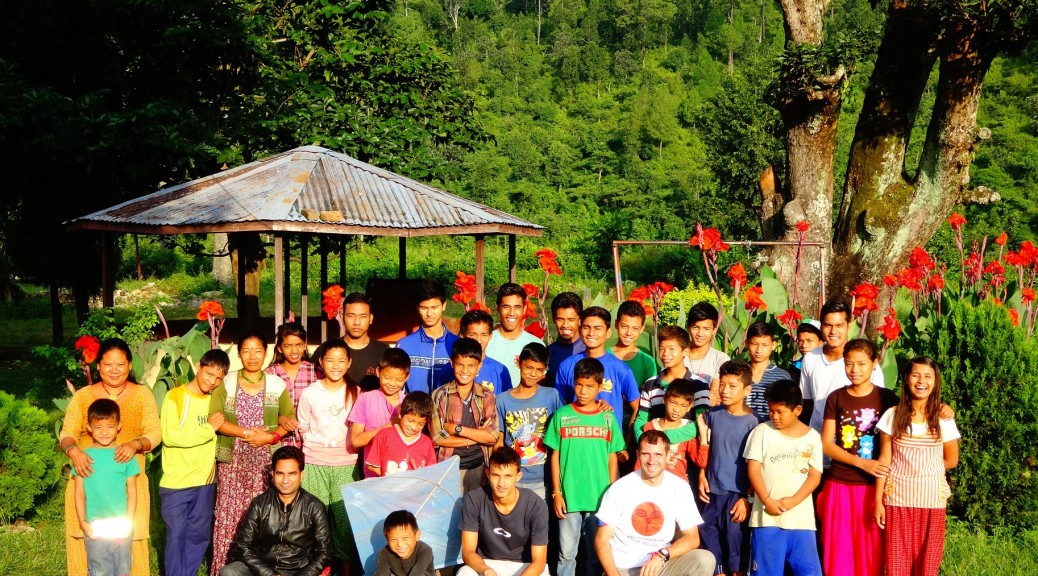
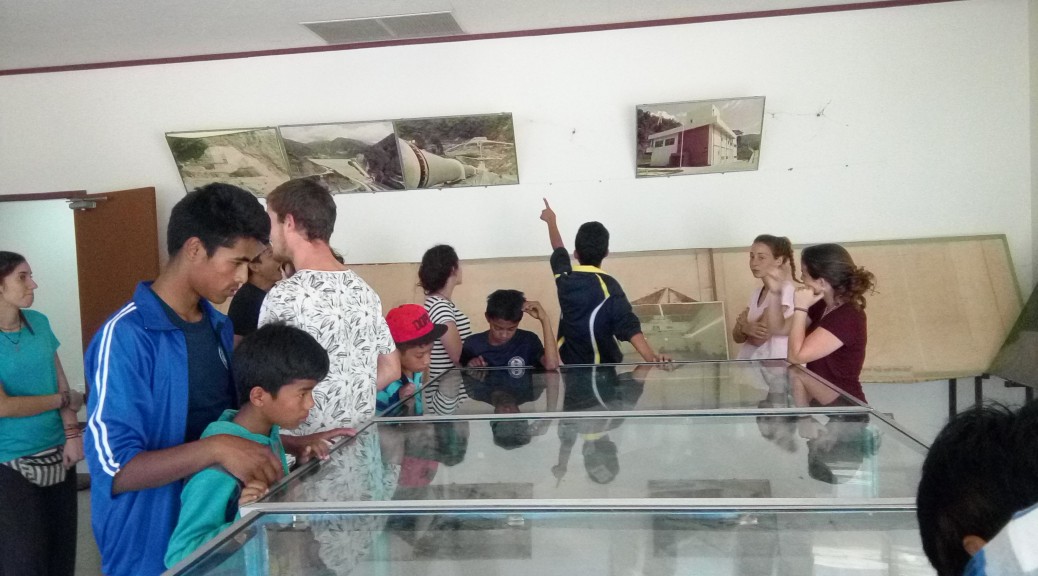
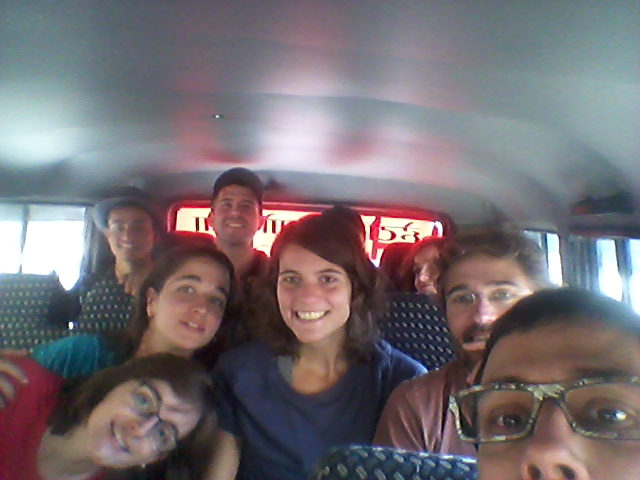
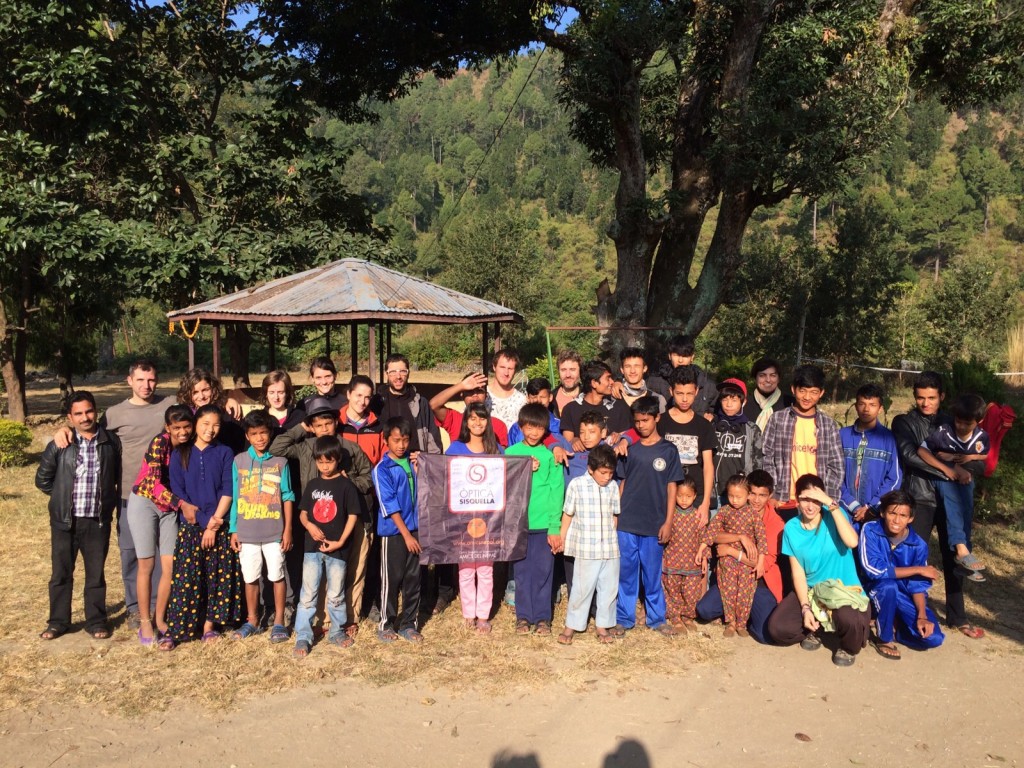

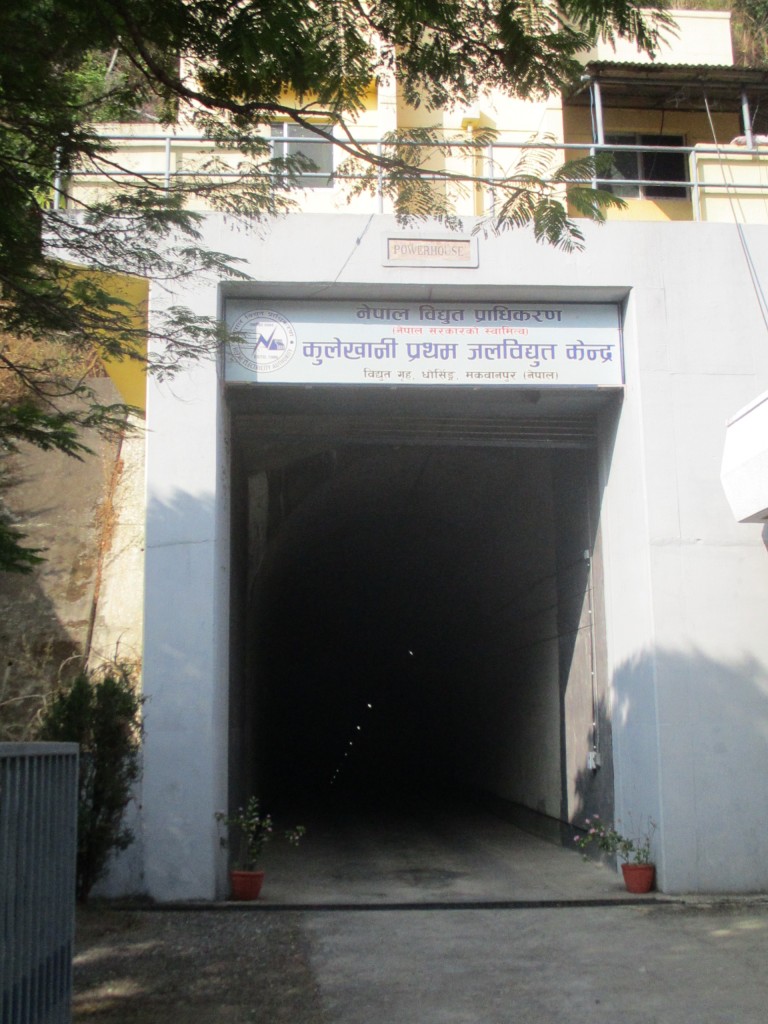


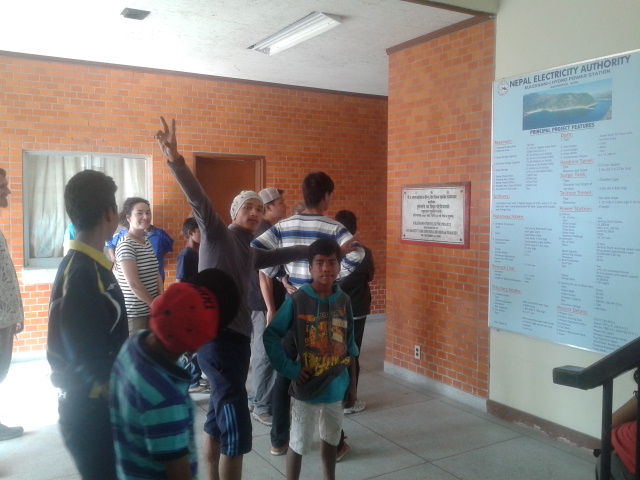
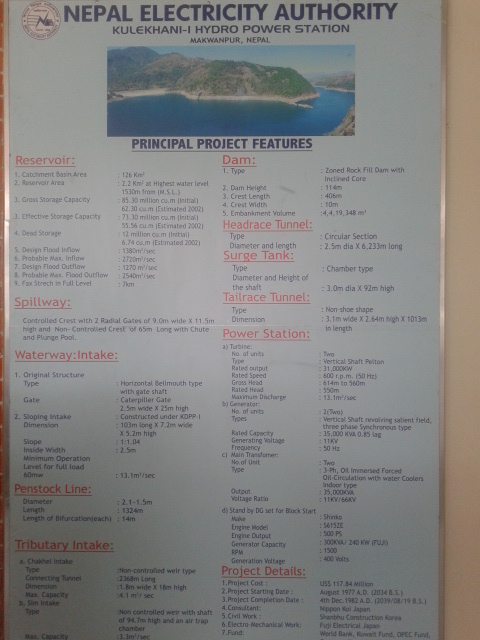
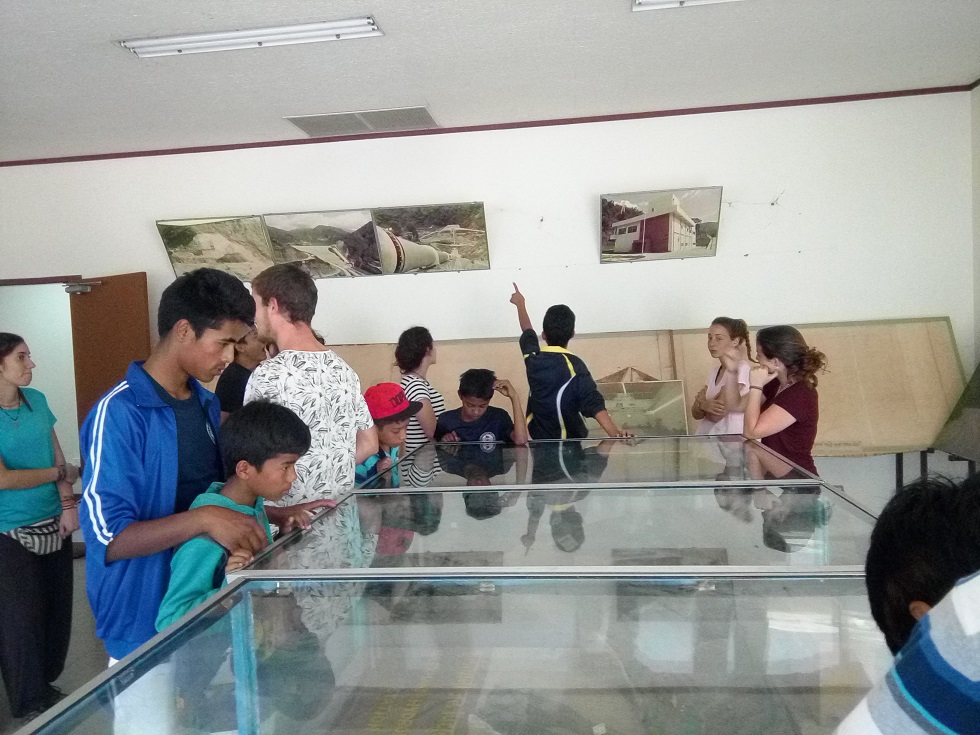

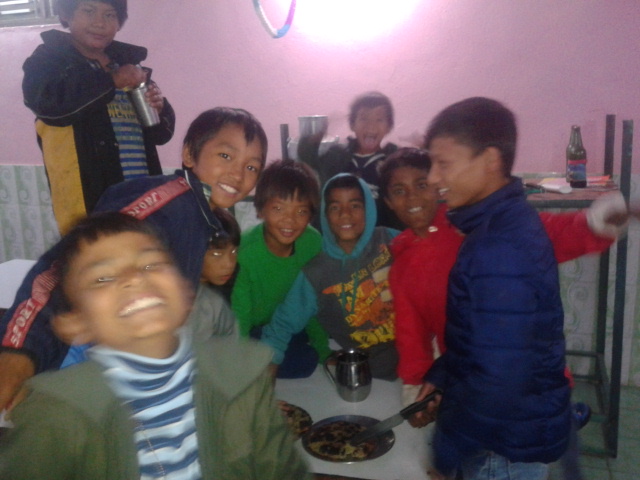
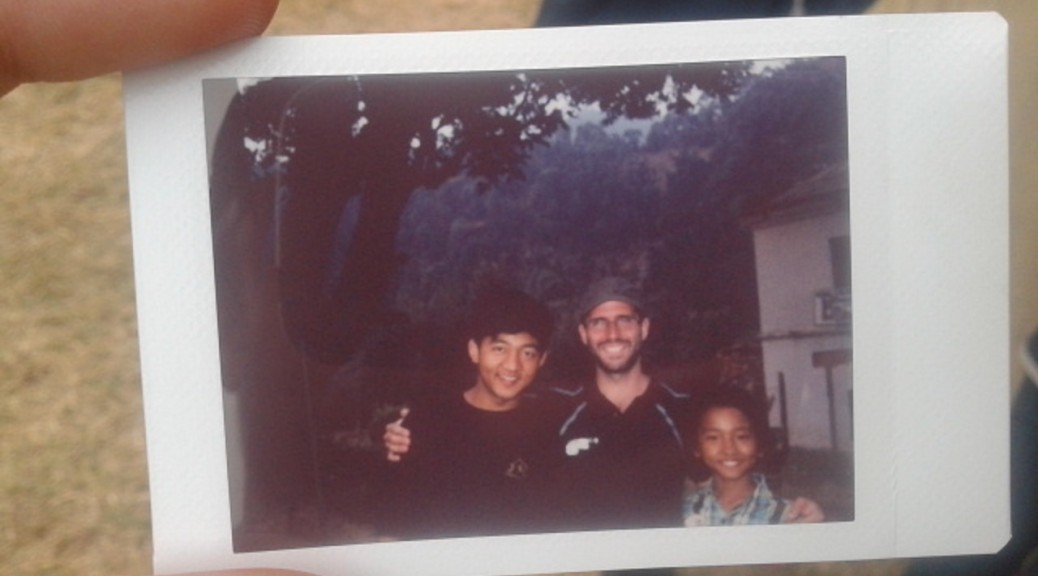

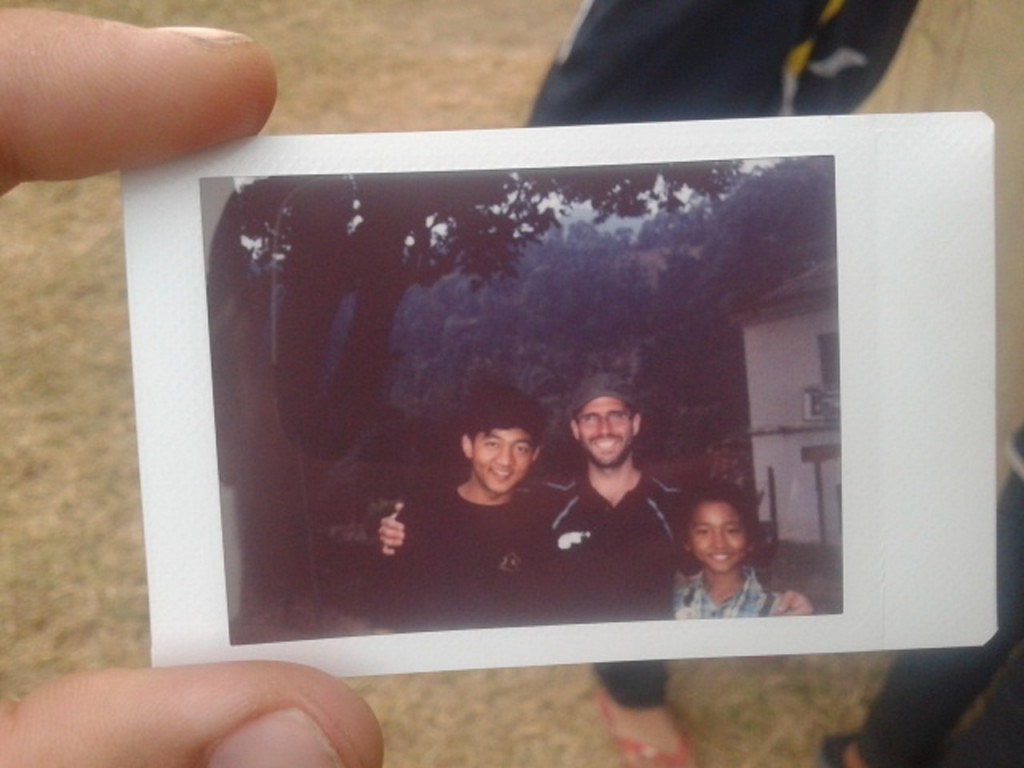
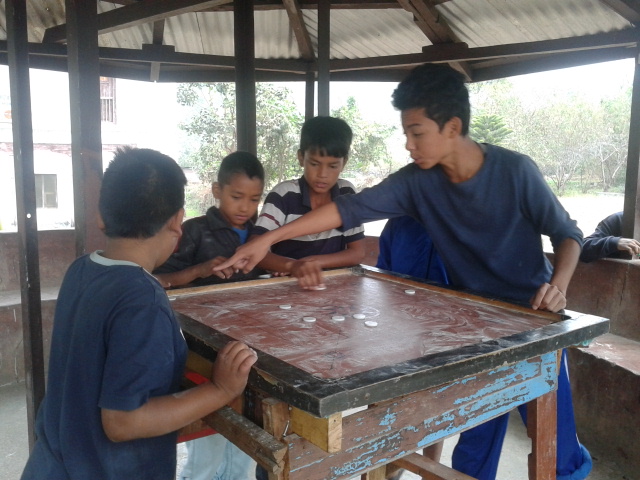

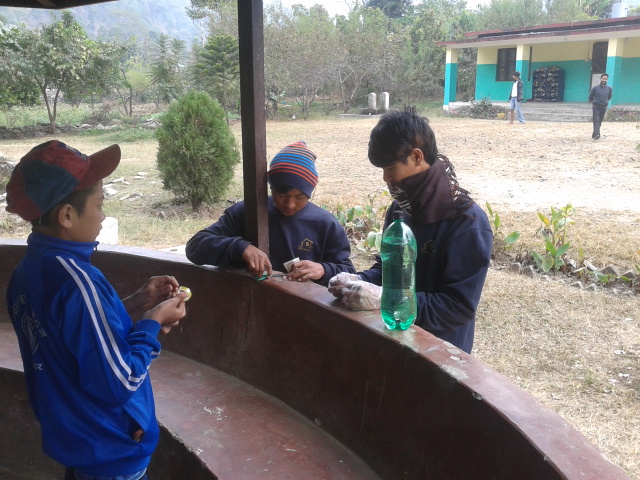
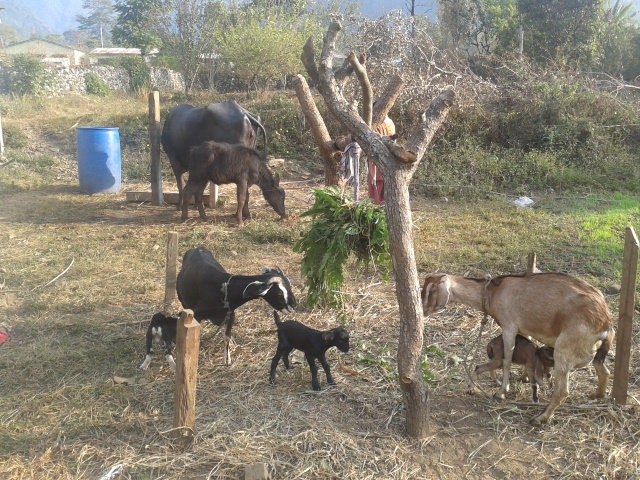
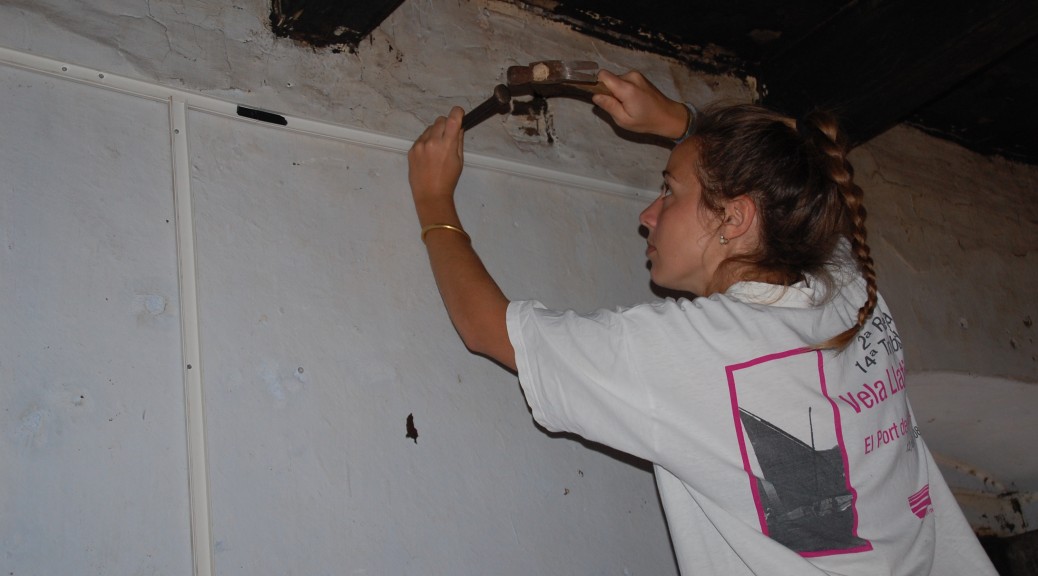
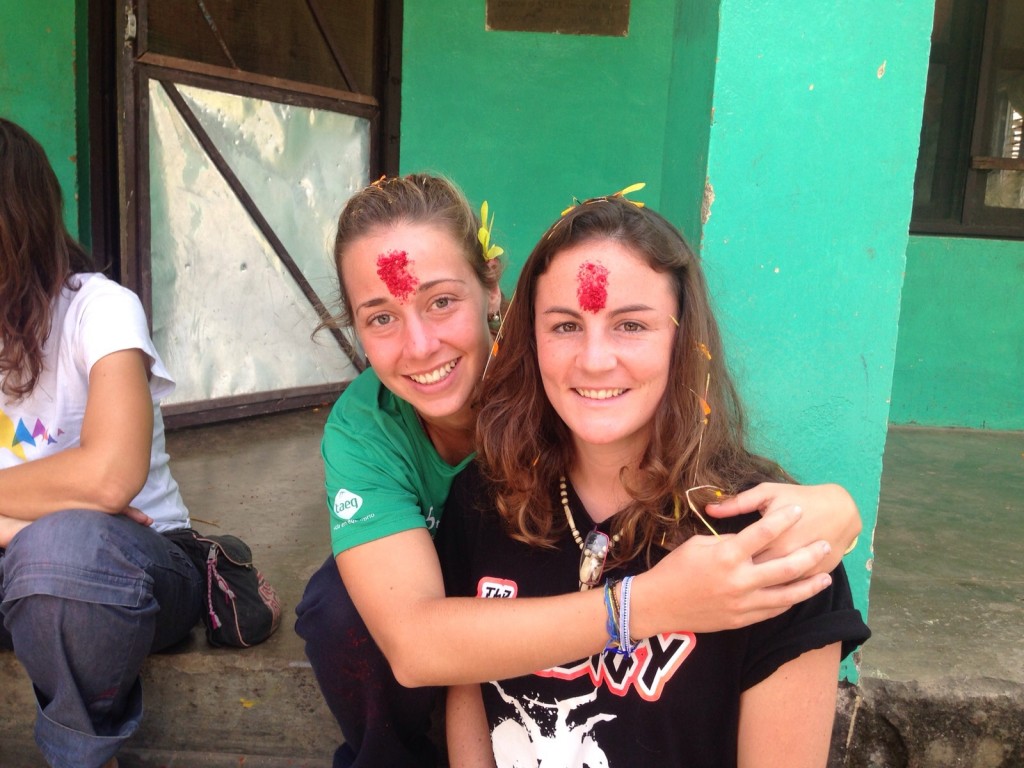


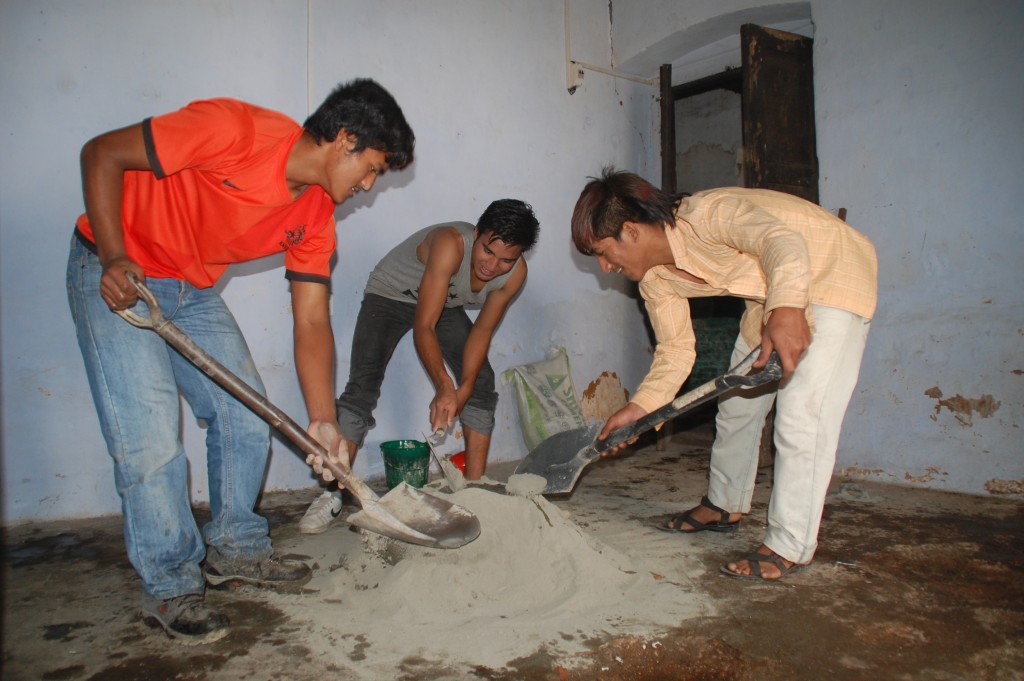



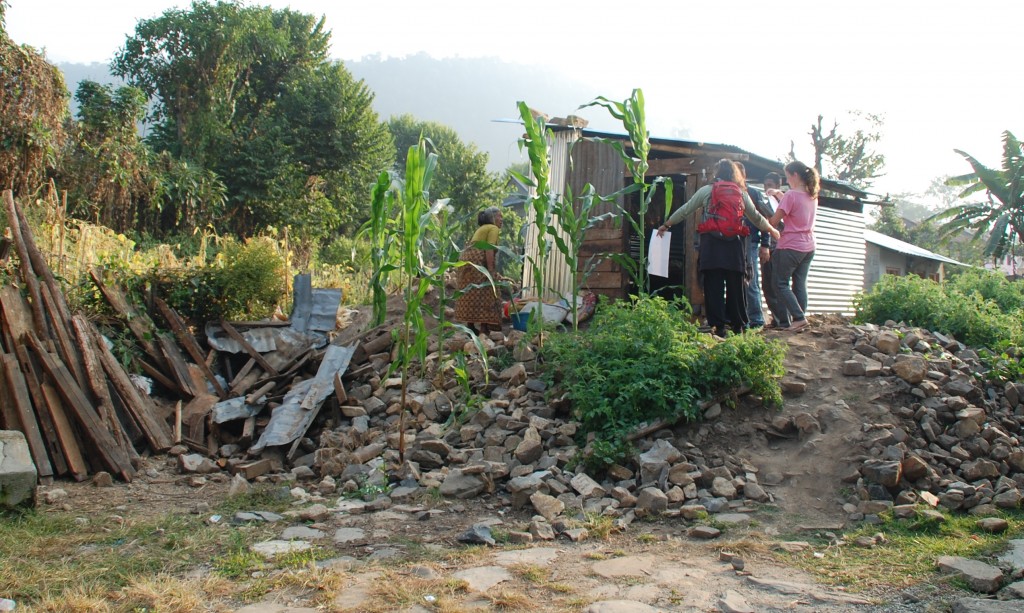
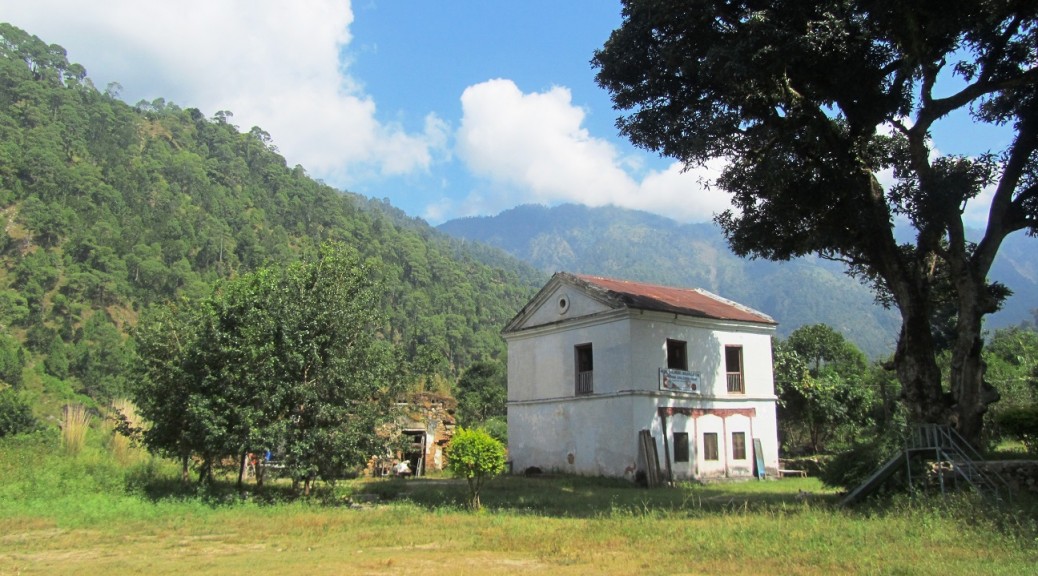

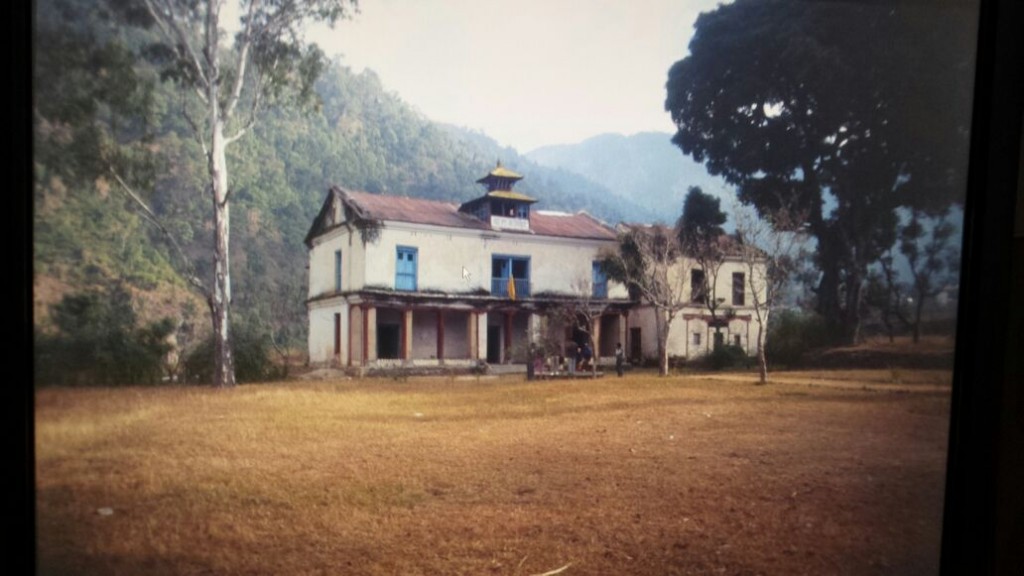



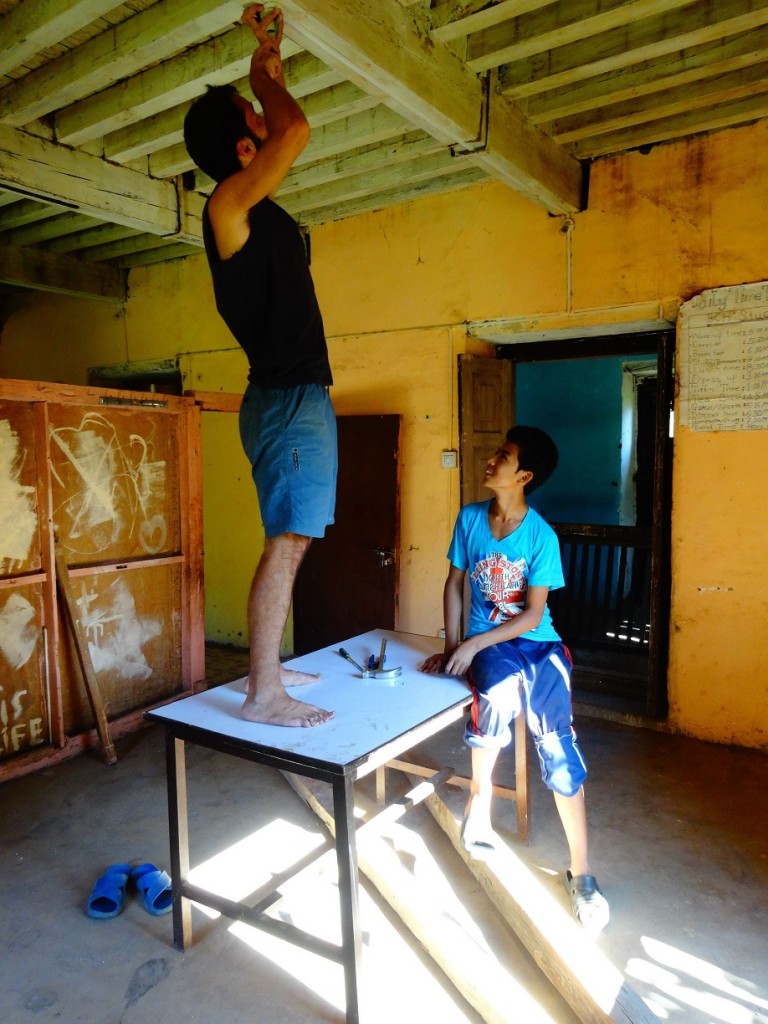

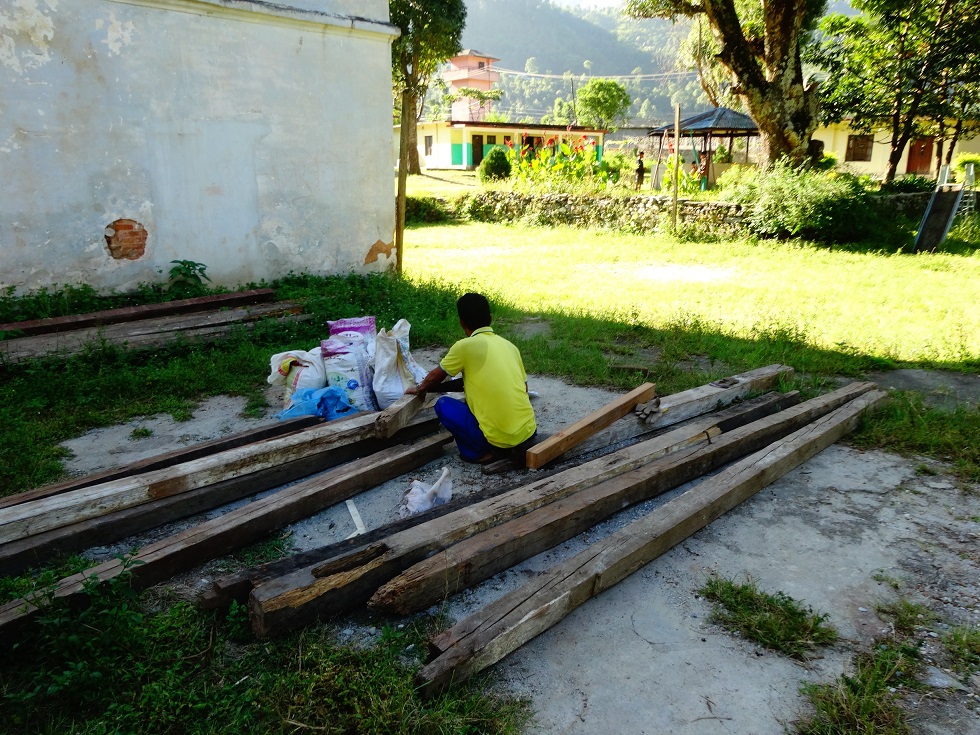
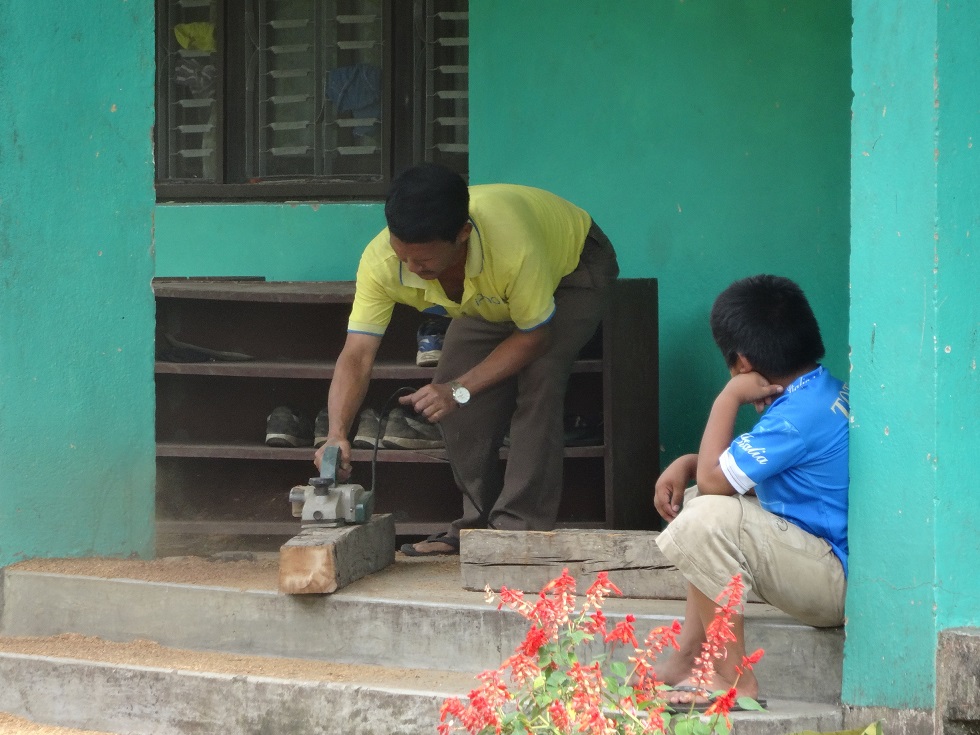
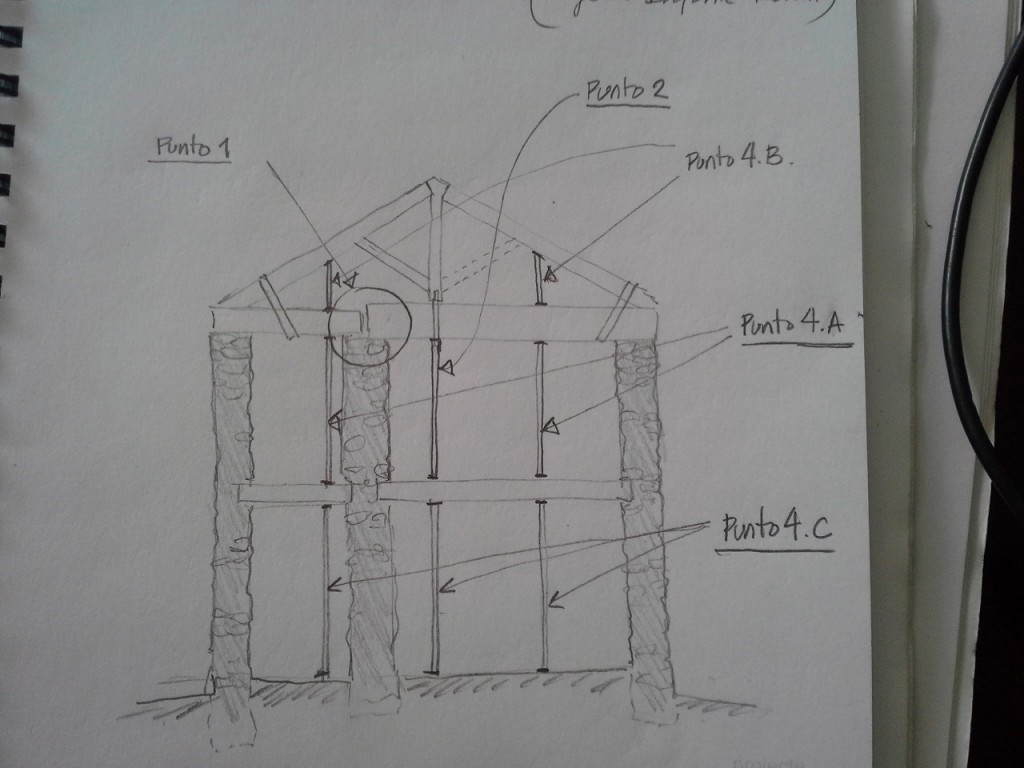
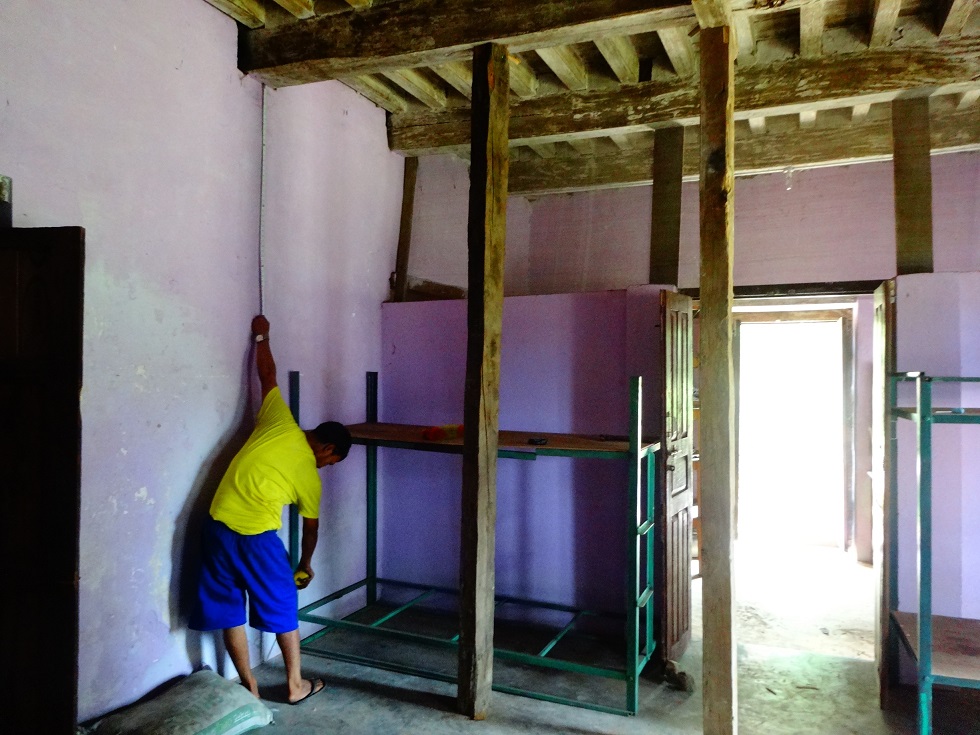
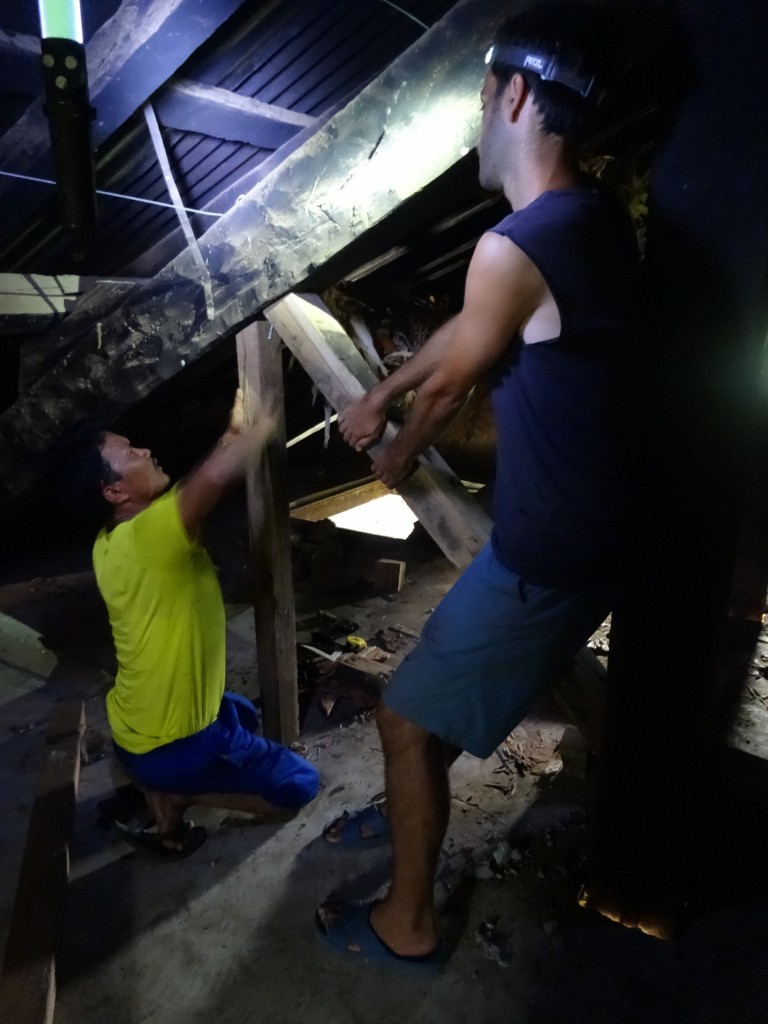
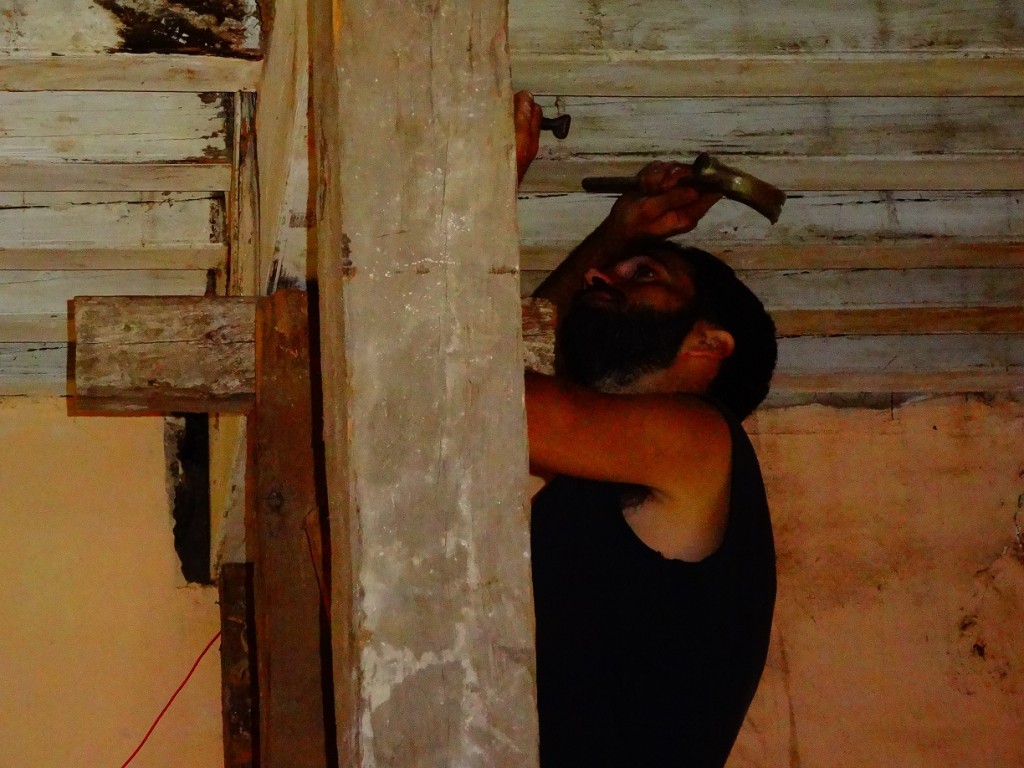
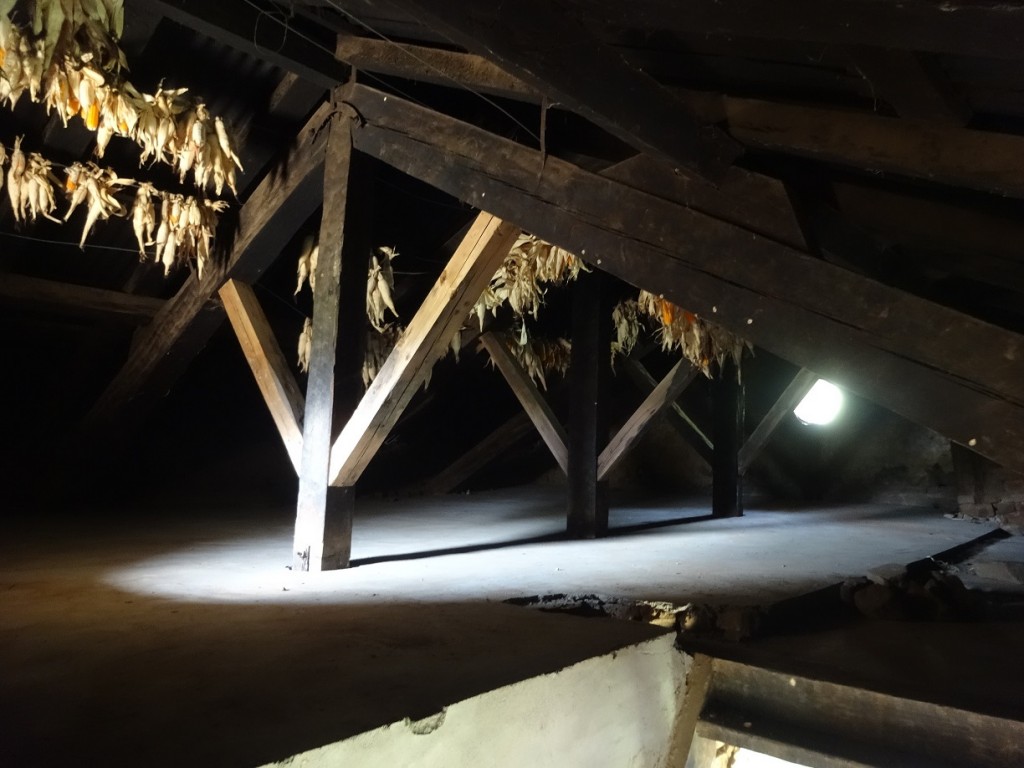
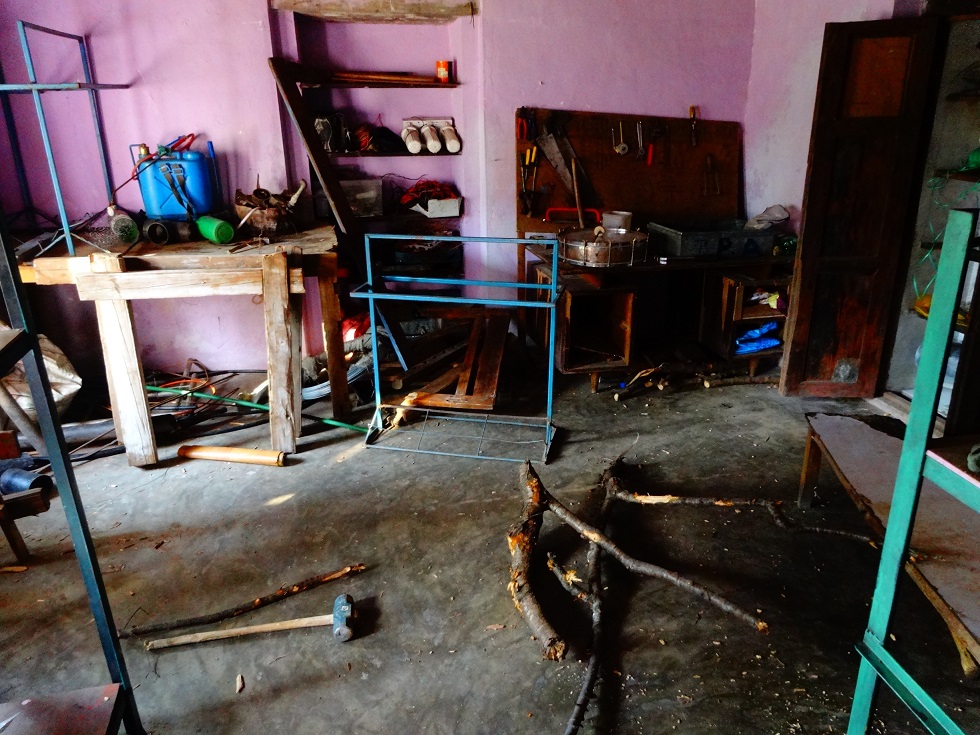
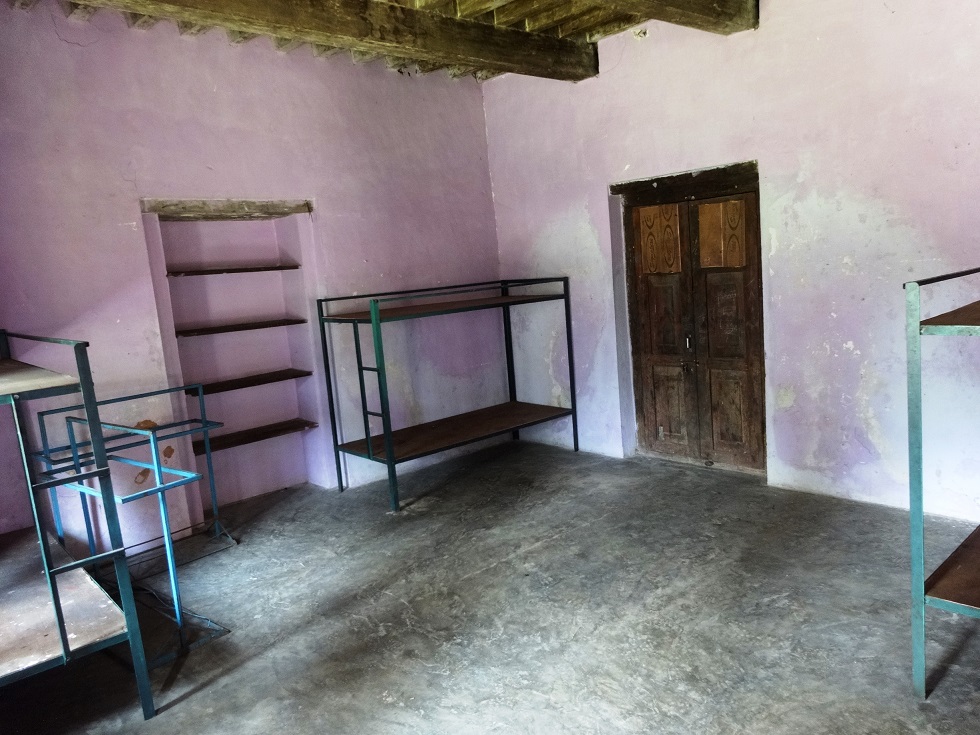
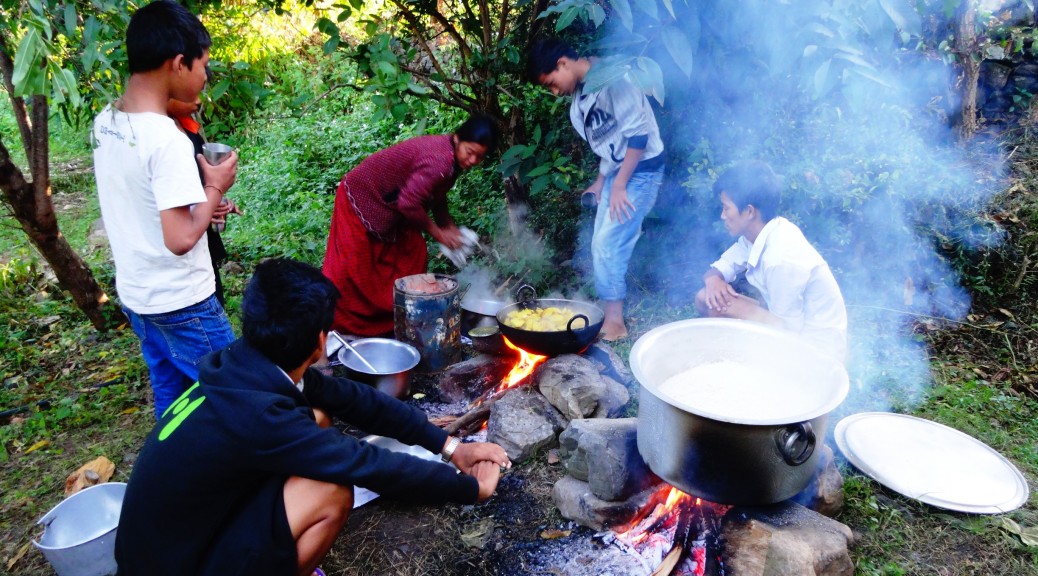
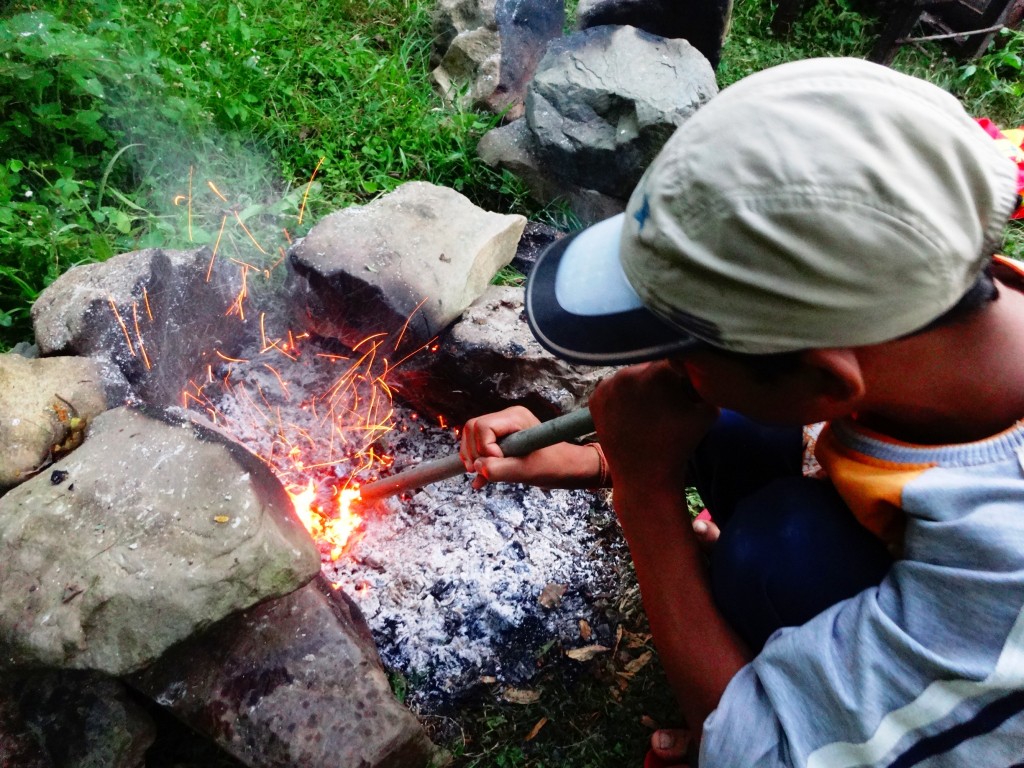

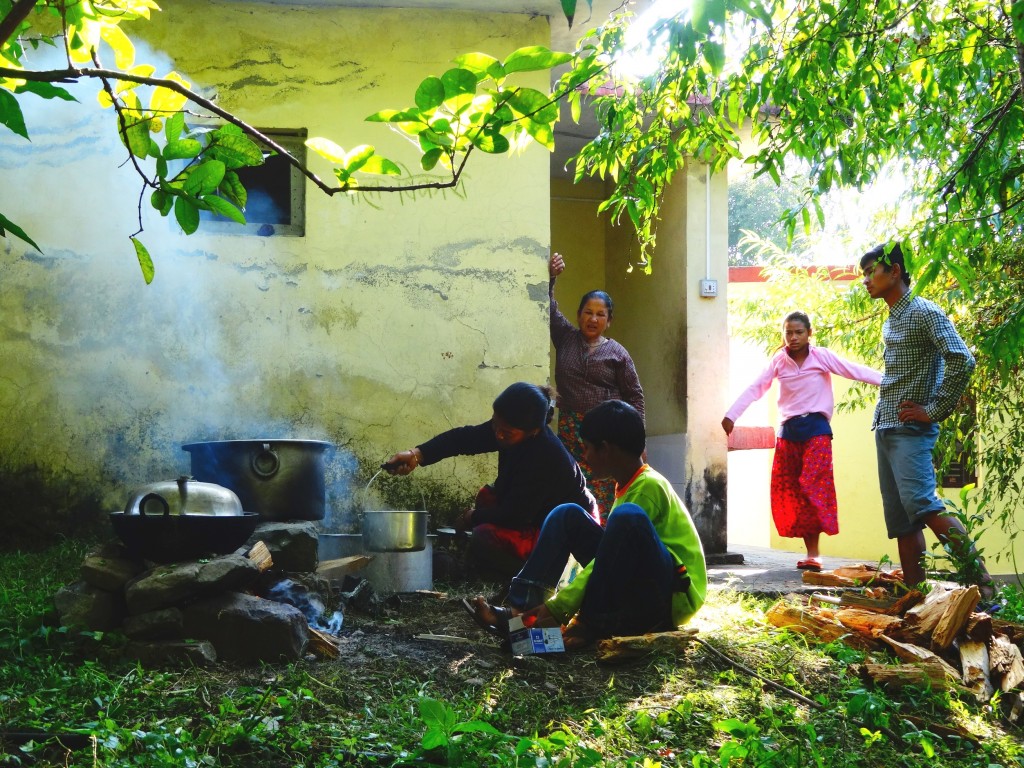

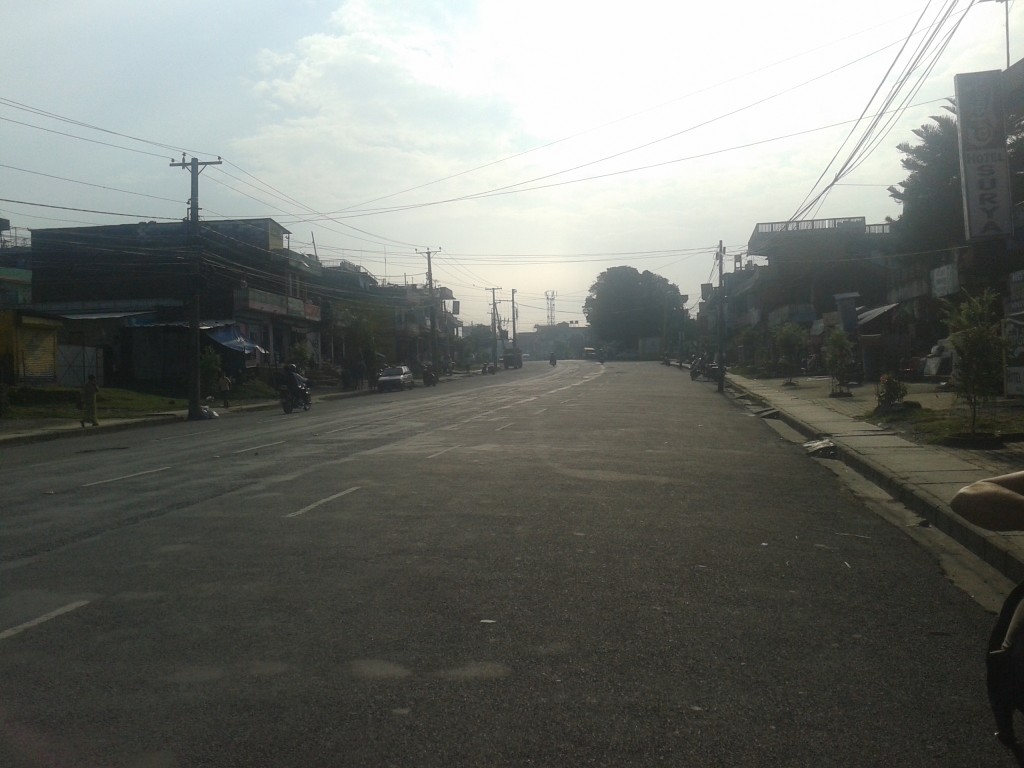
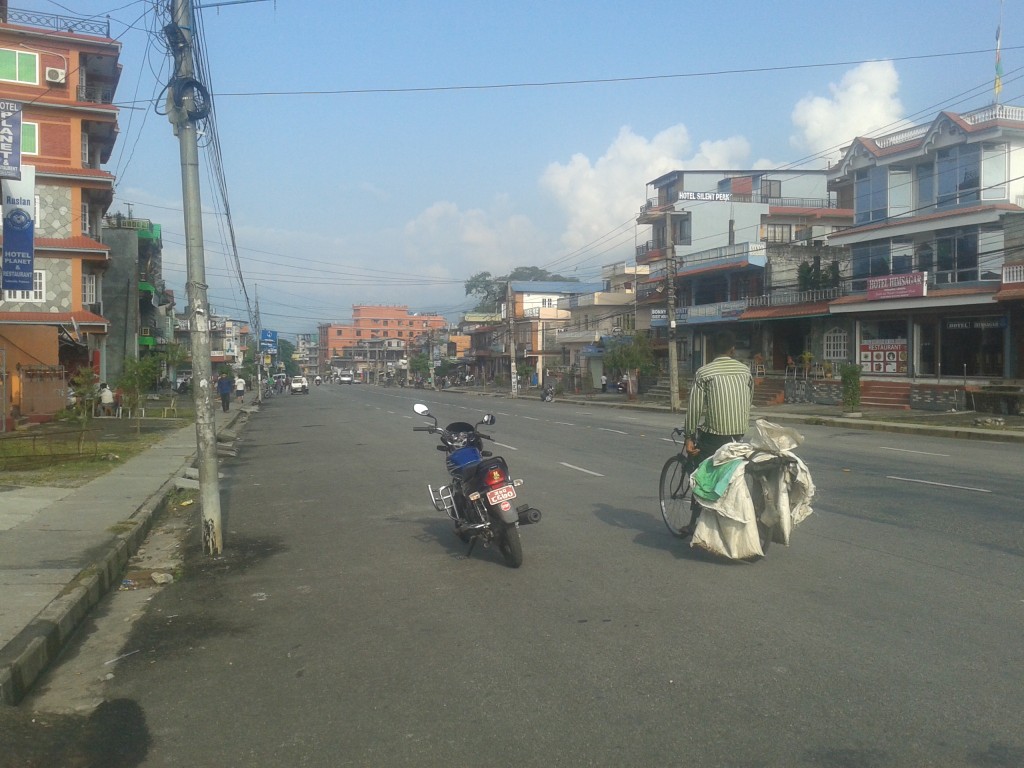

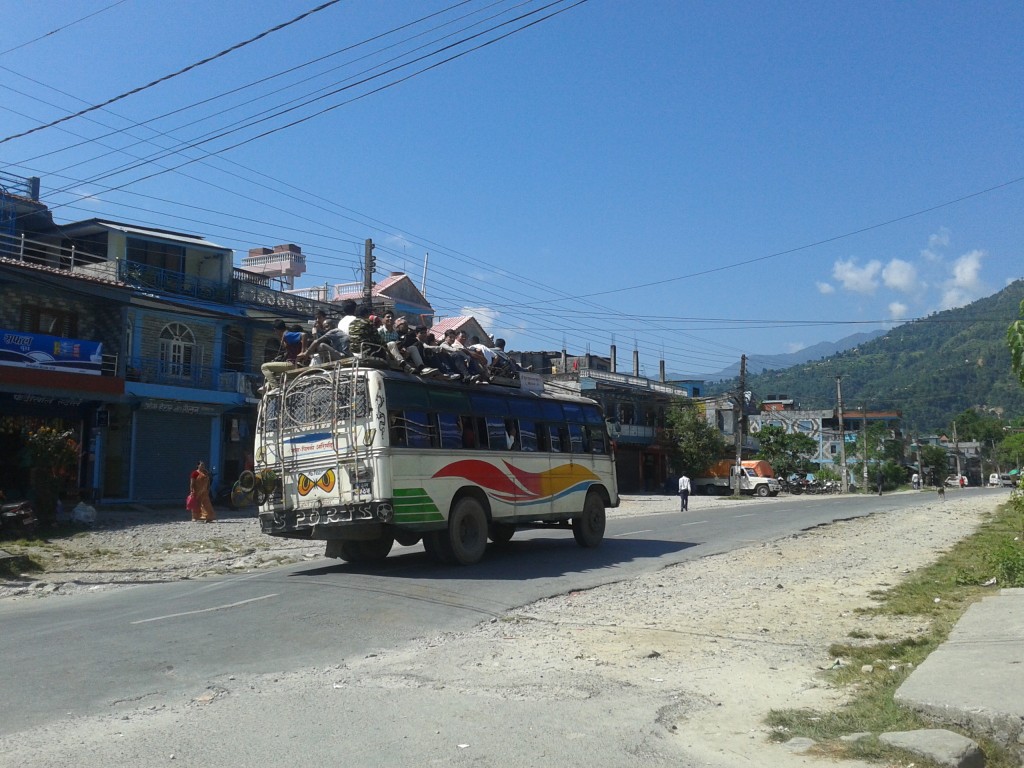
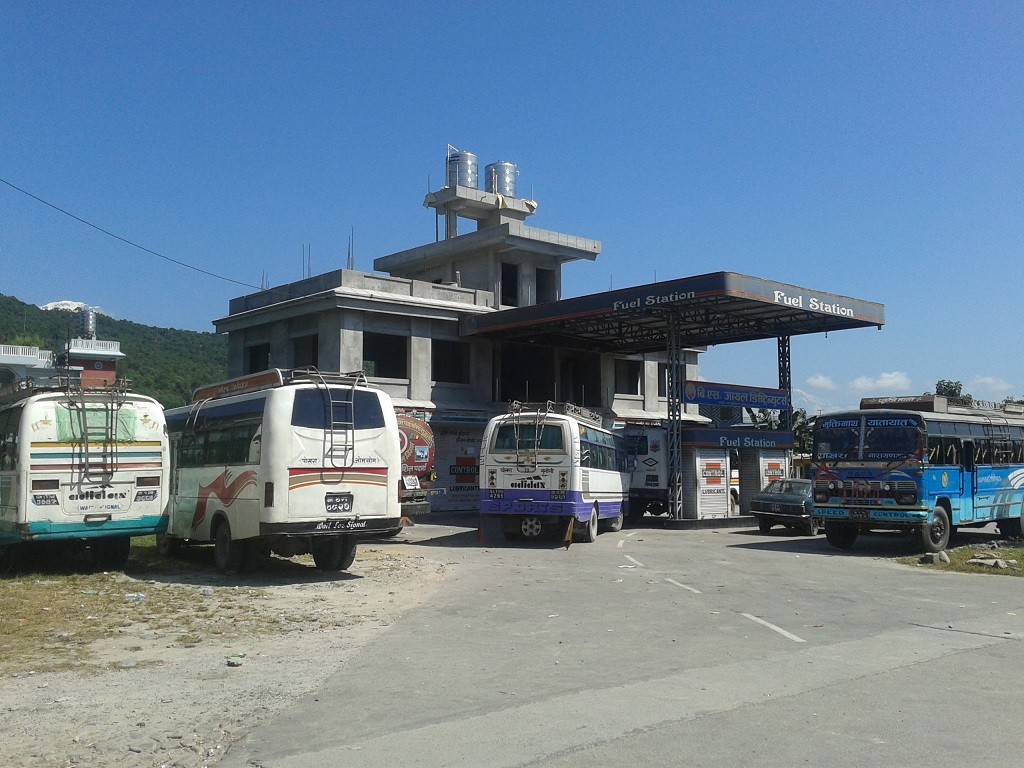
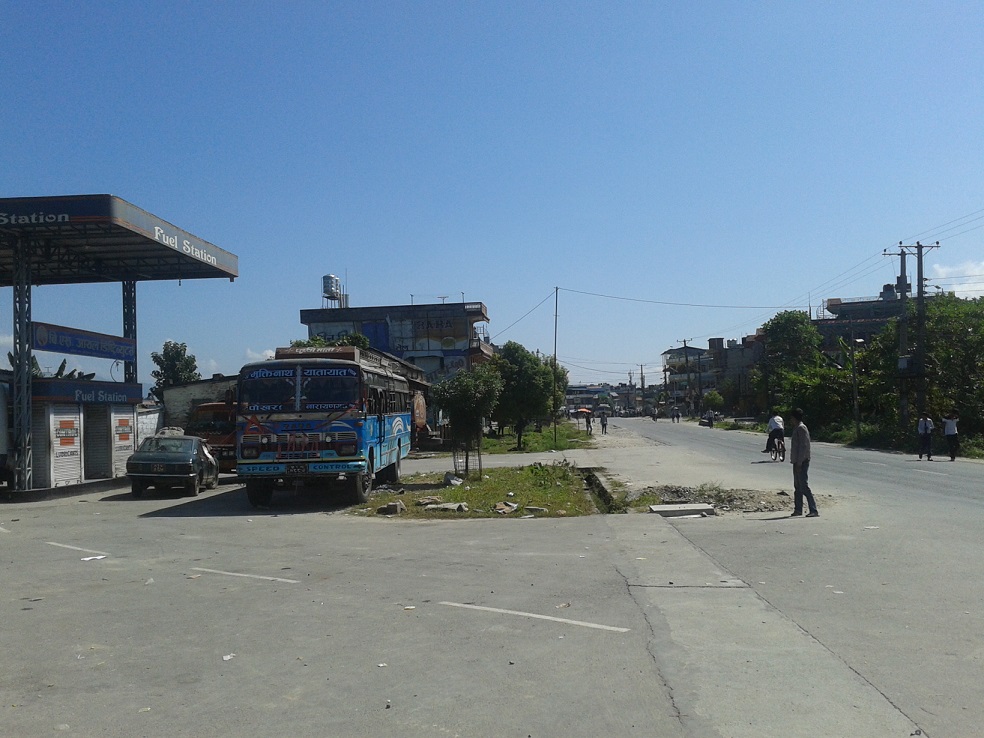

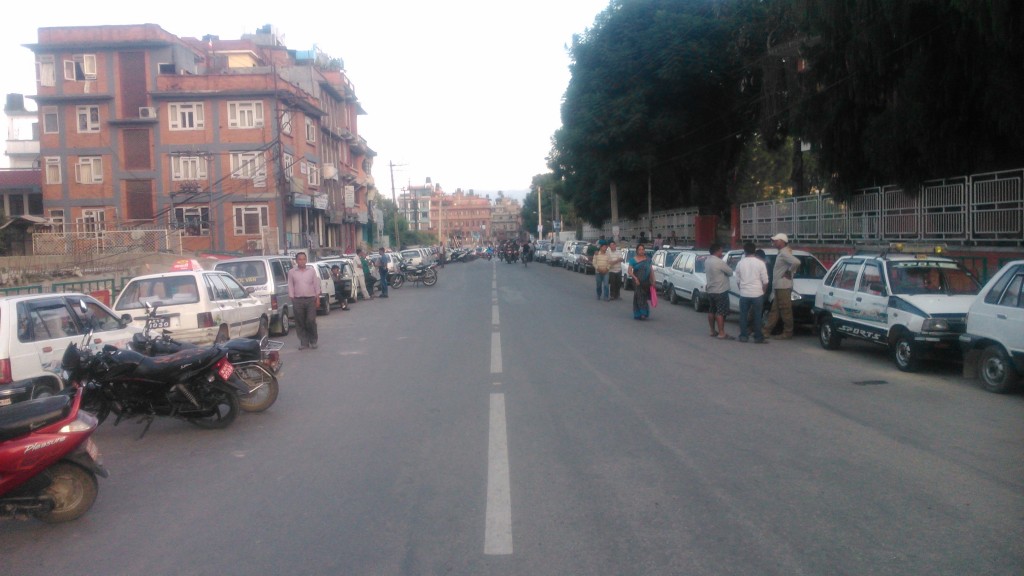
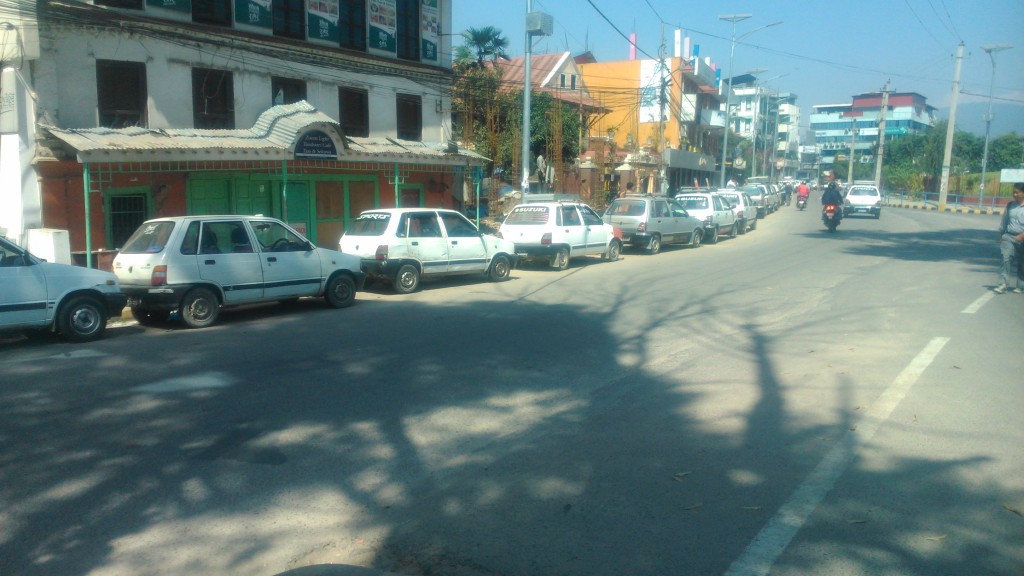
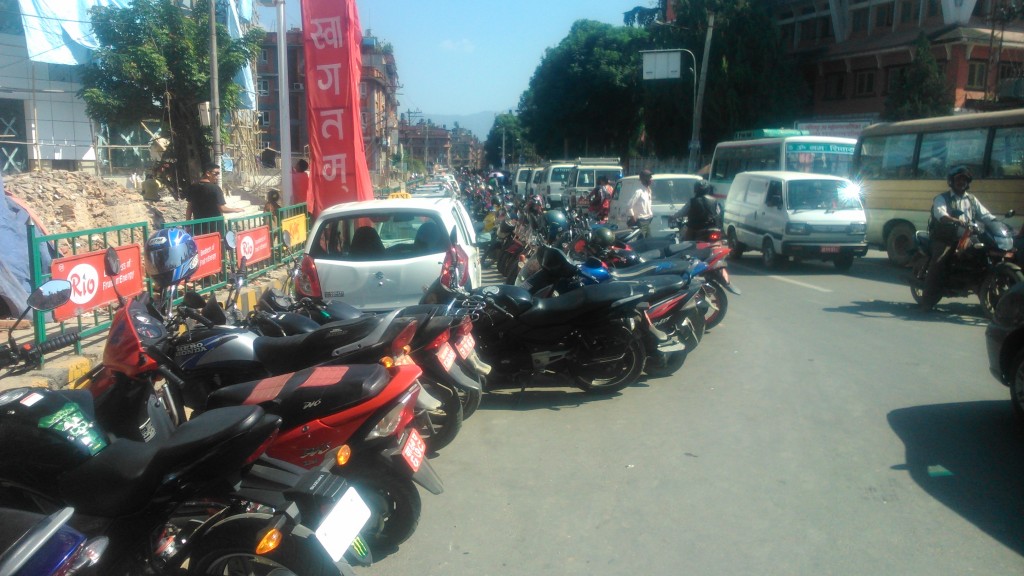

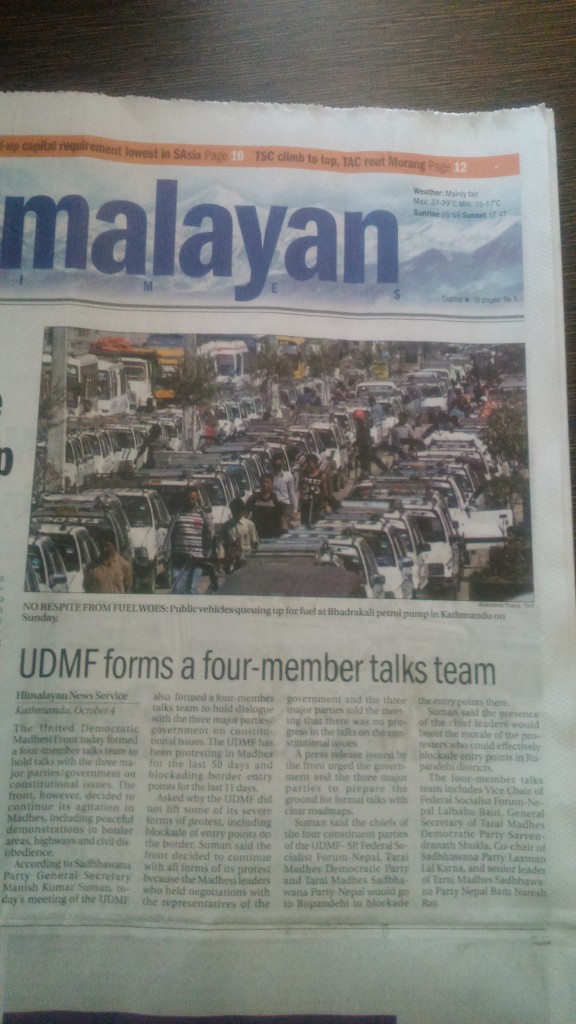
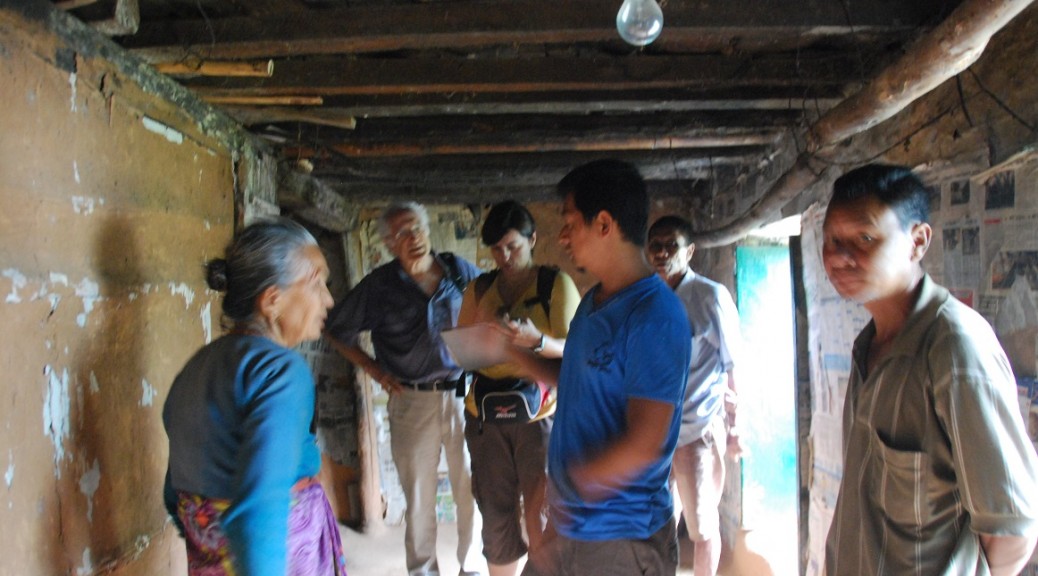
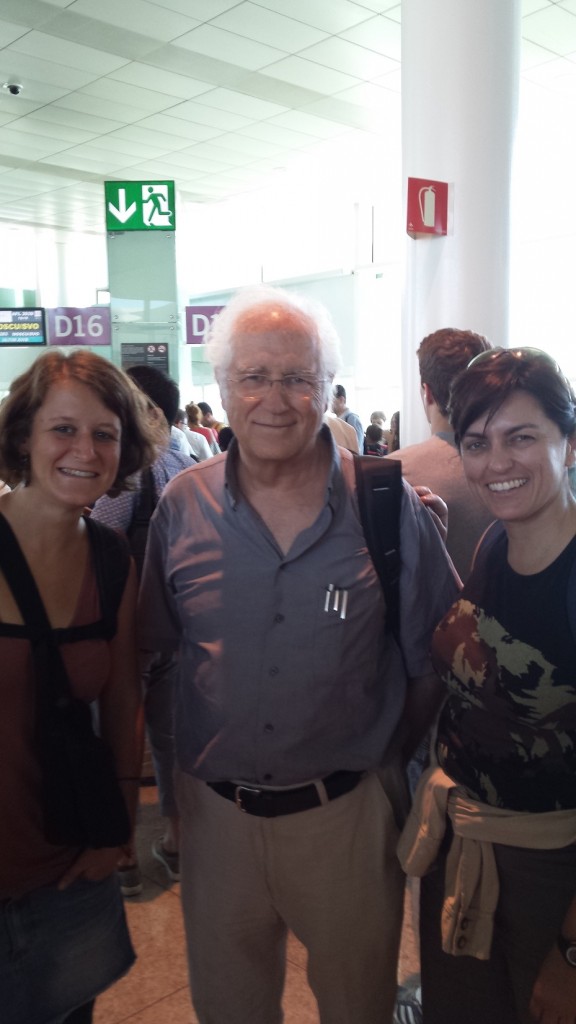
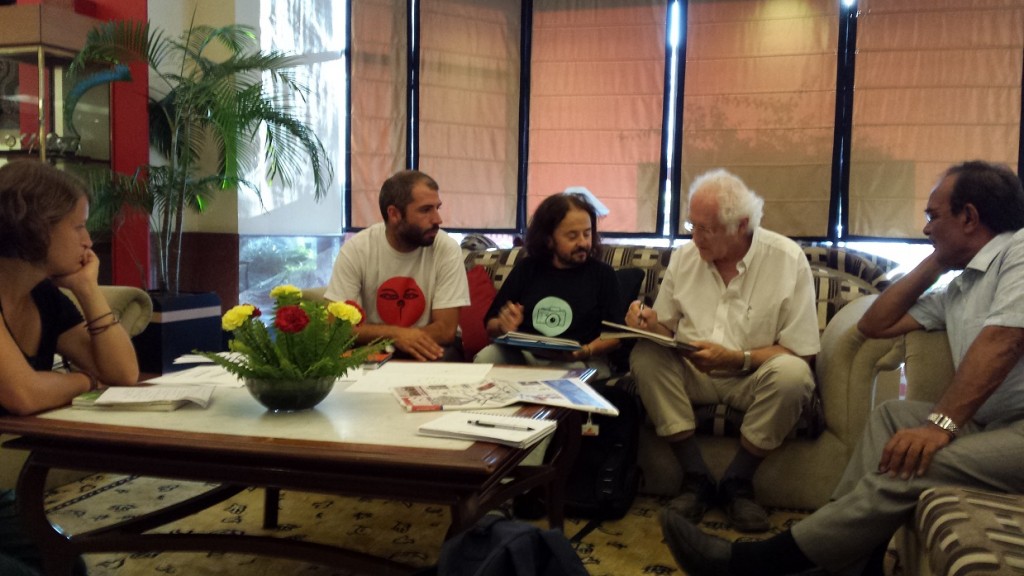
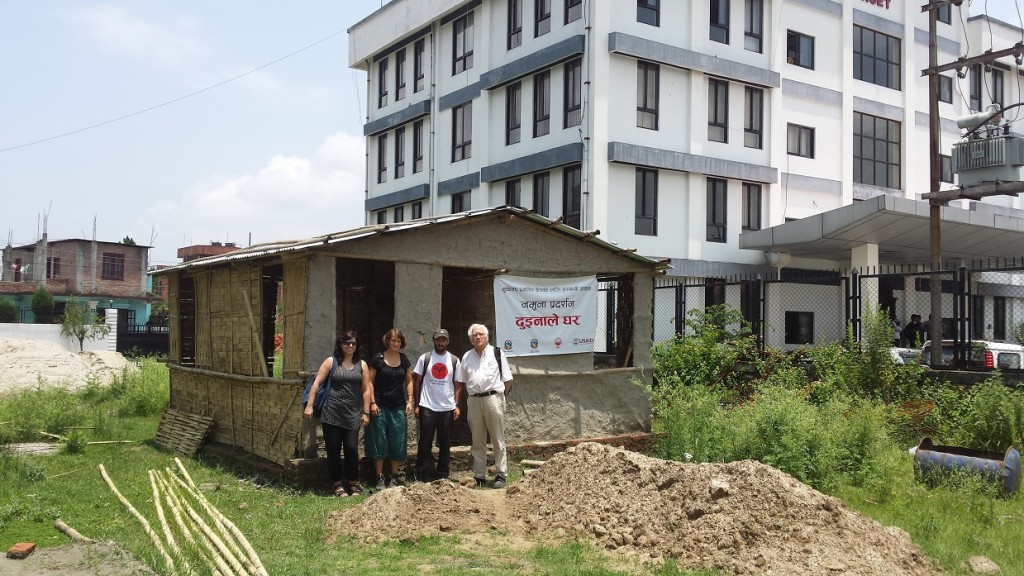

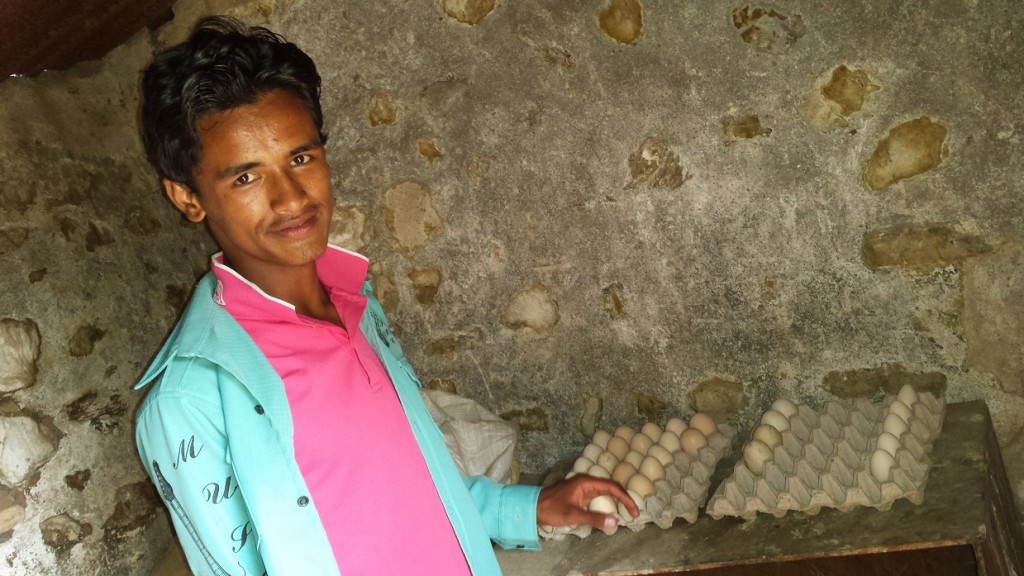
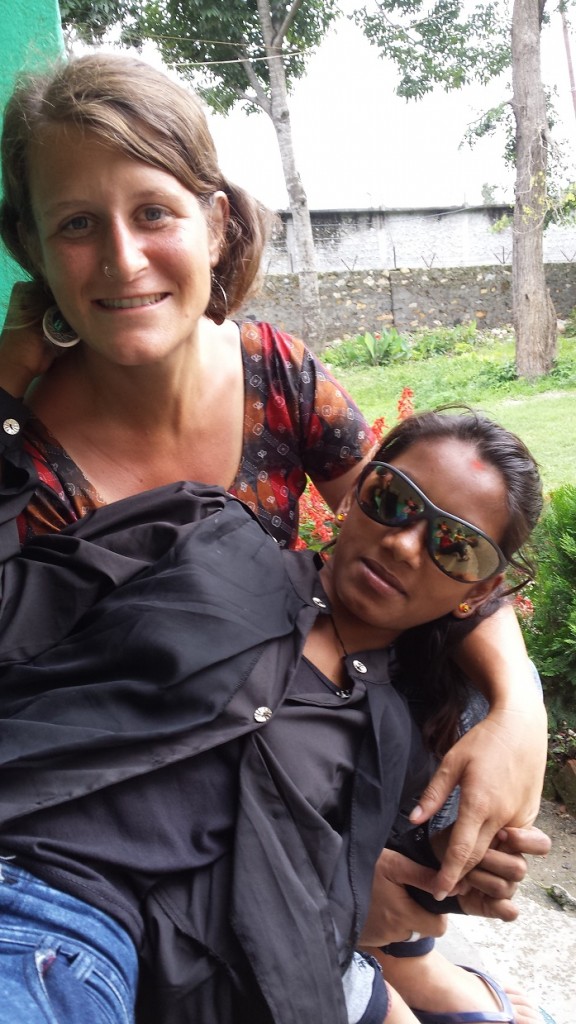
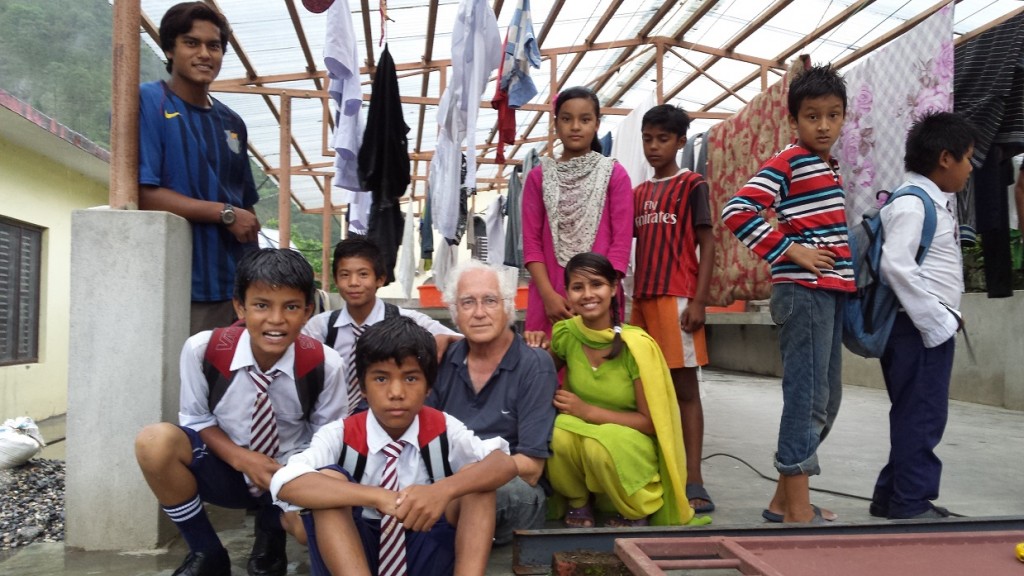
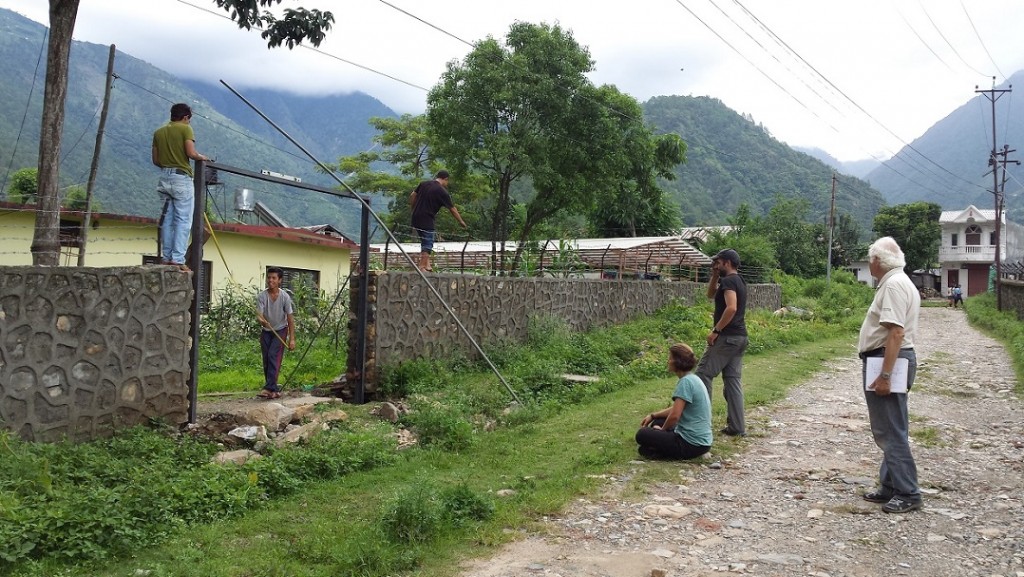
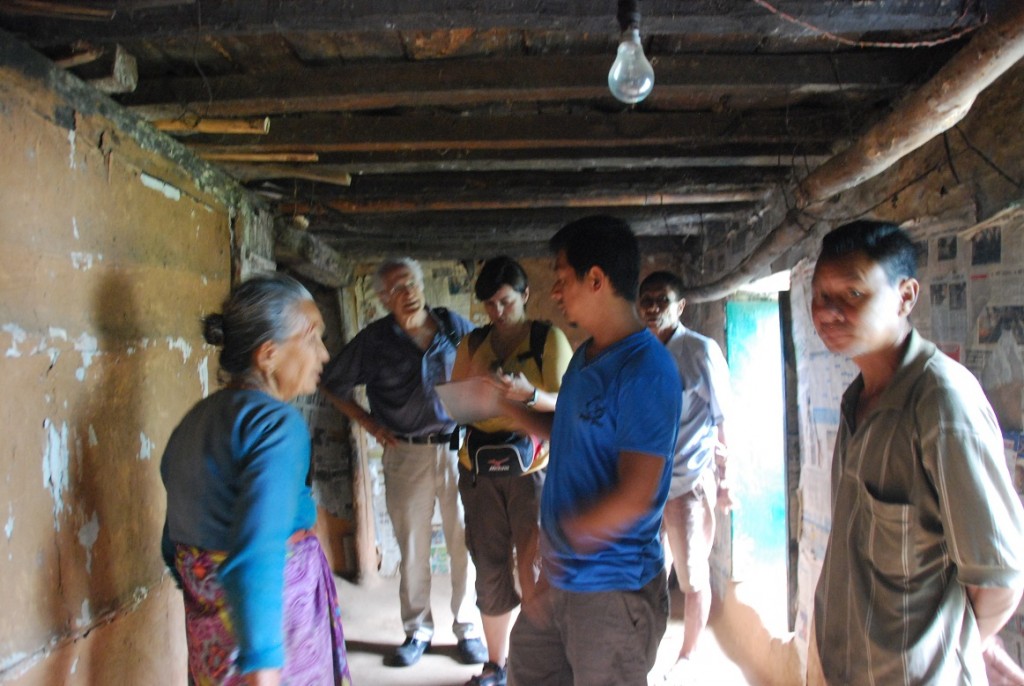
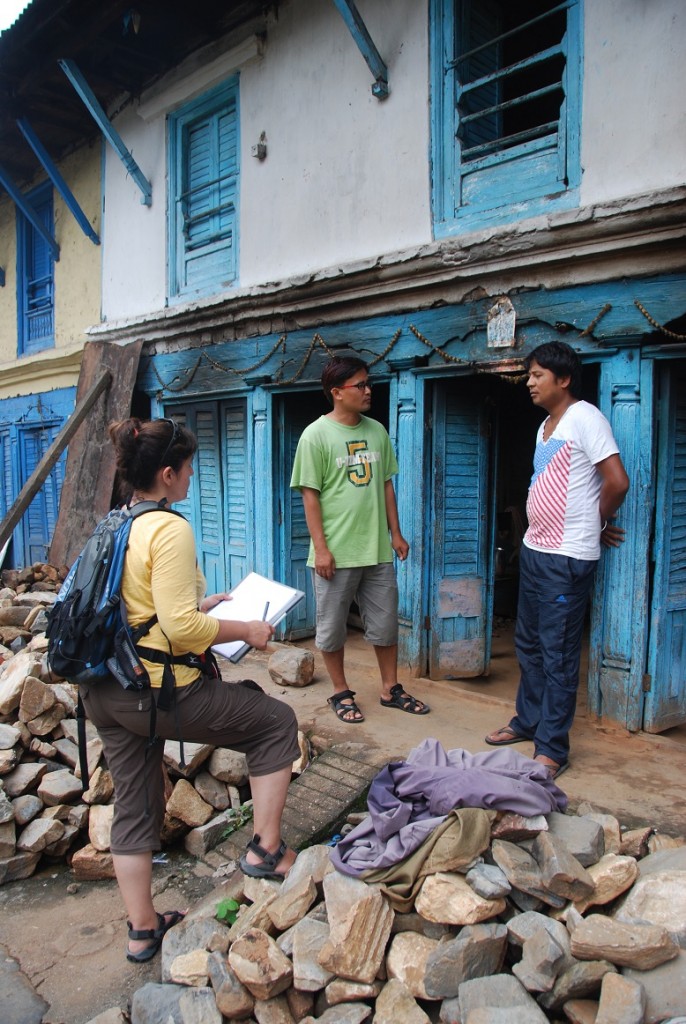
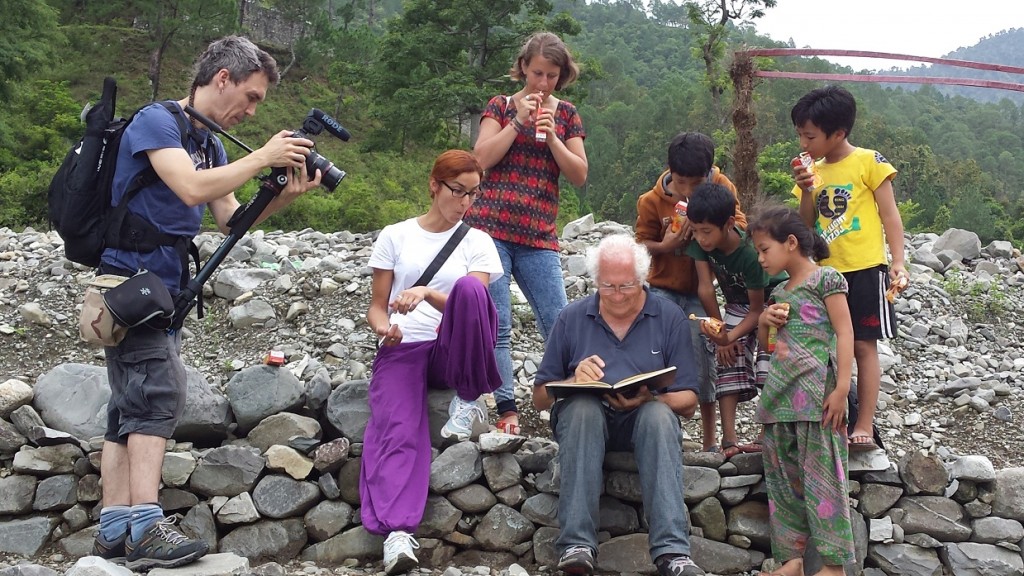
![image[2]](http://amicsnepal.blog.pangea.org/files/2015/10/image2-1024x744.jpg)
